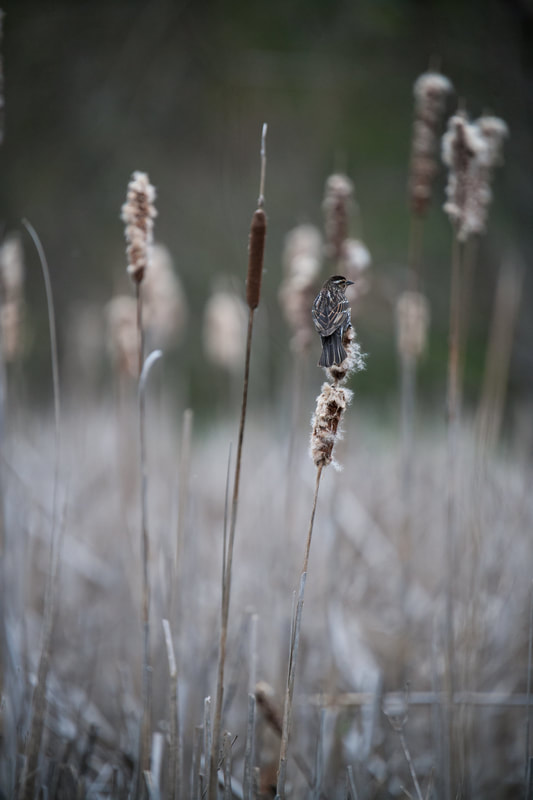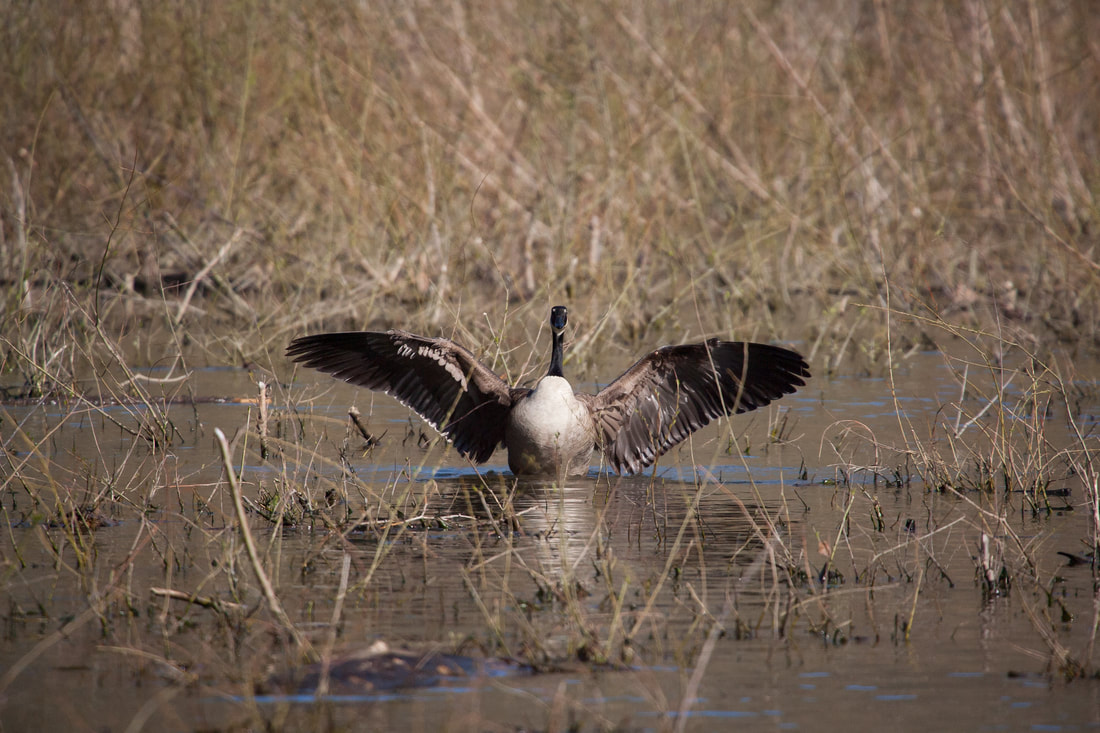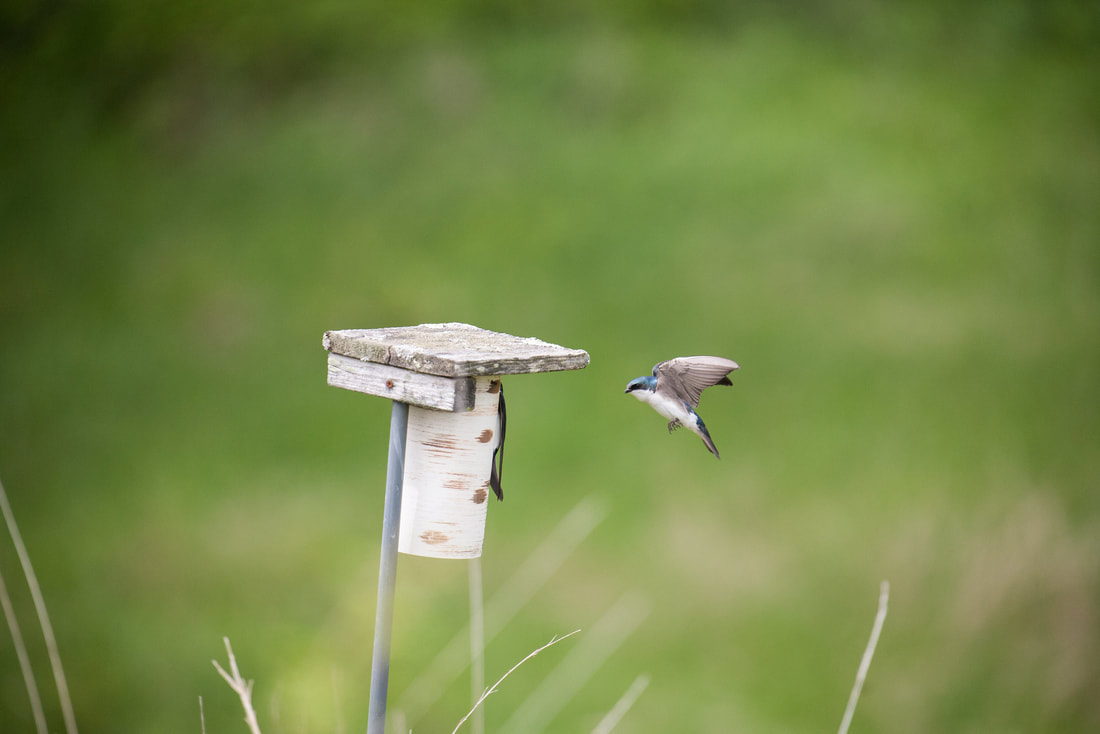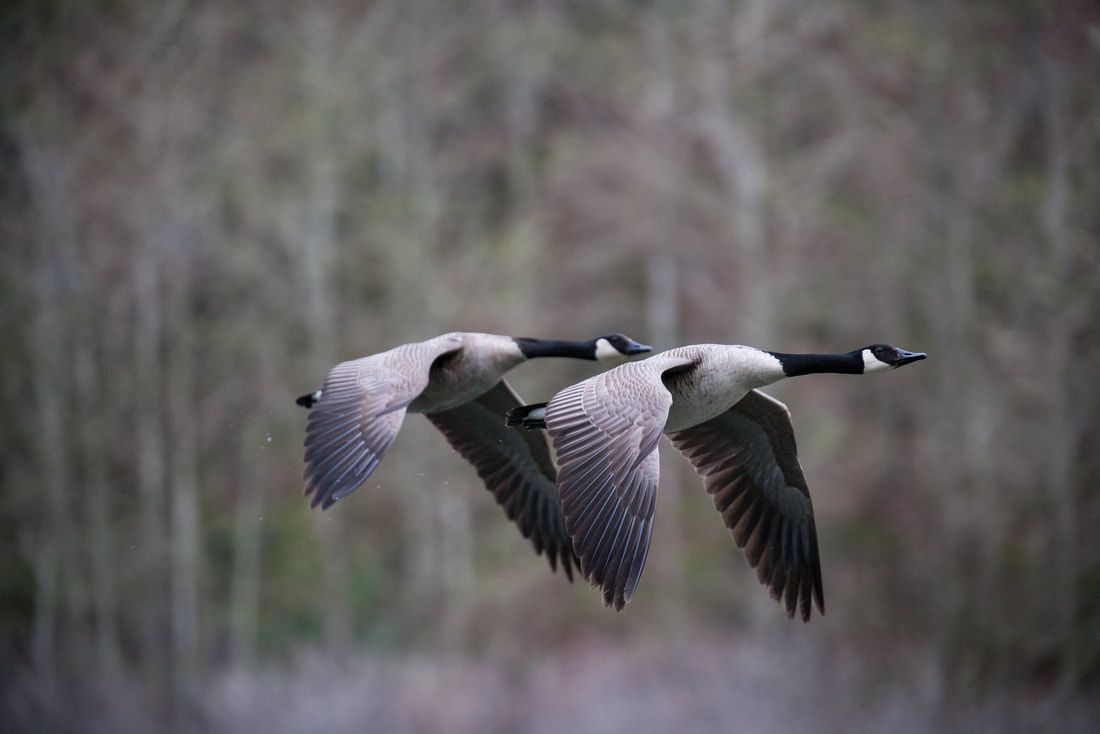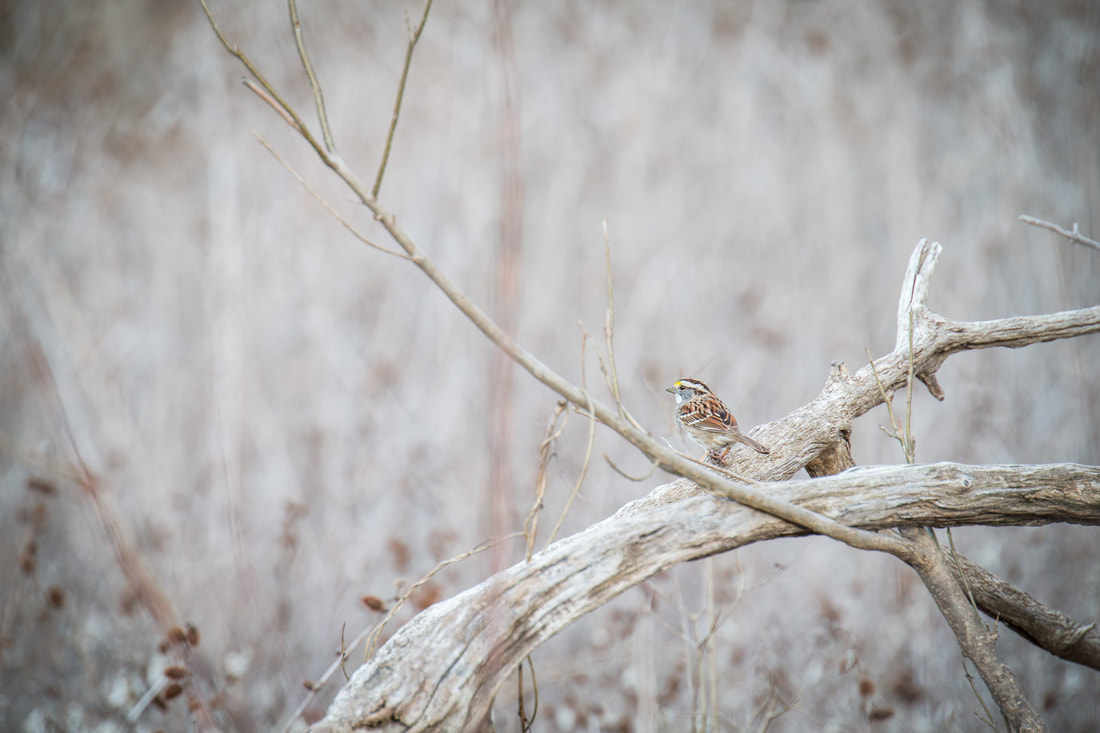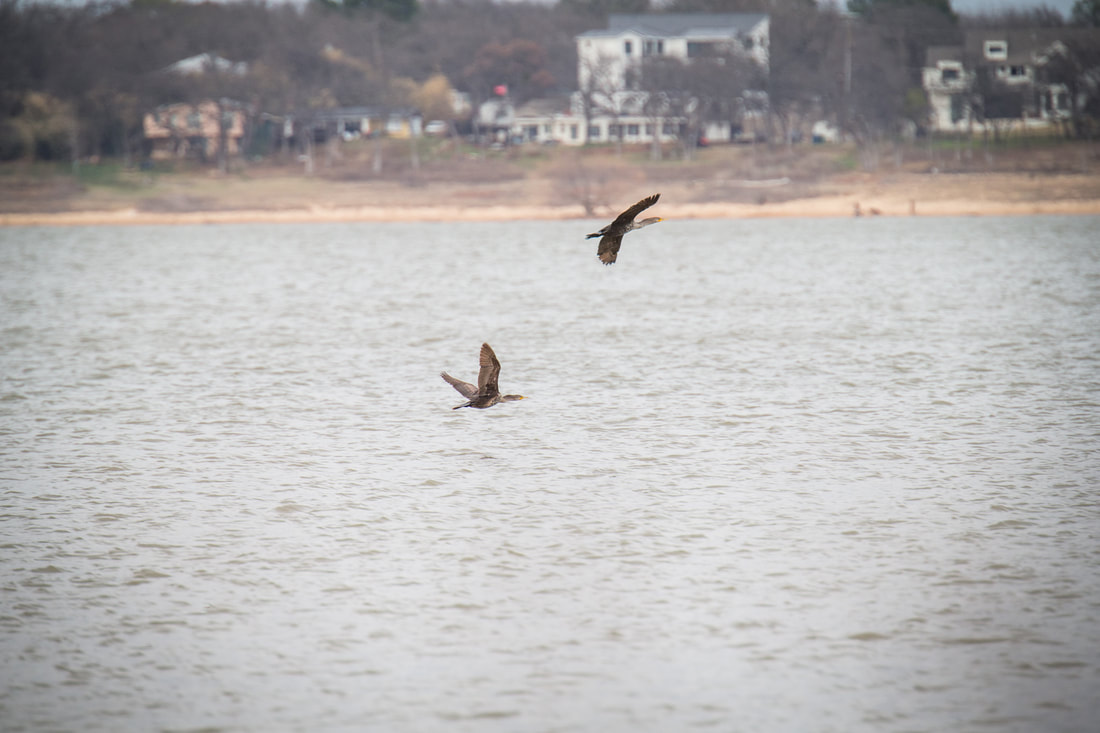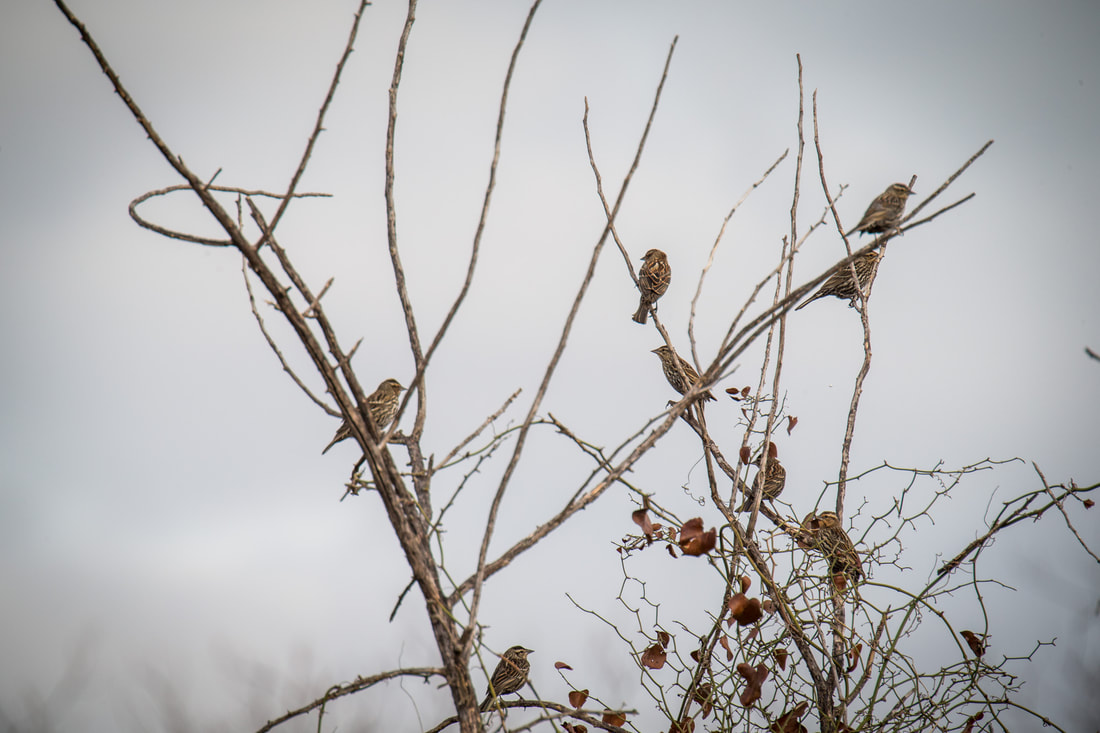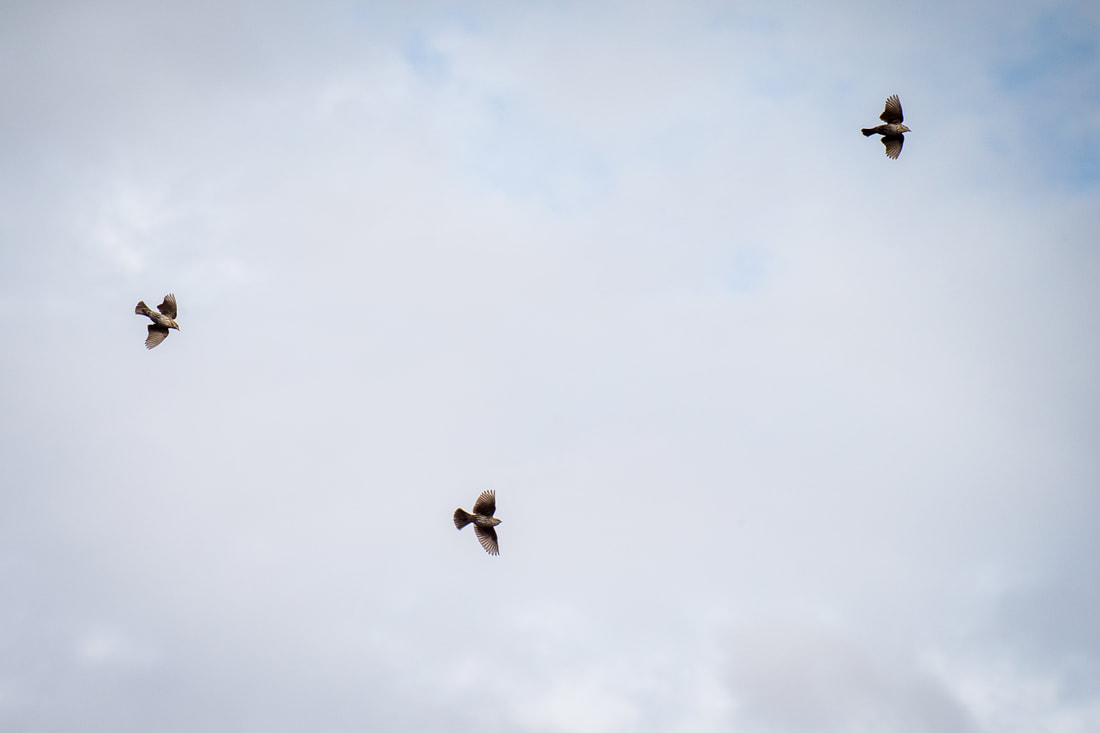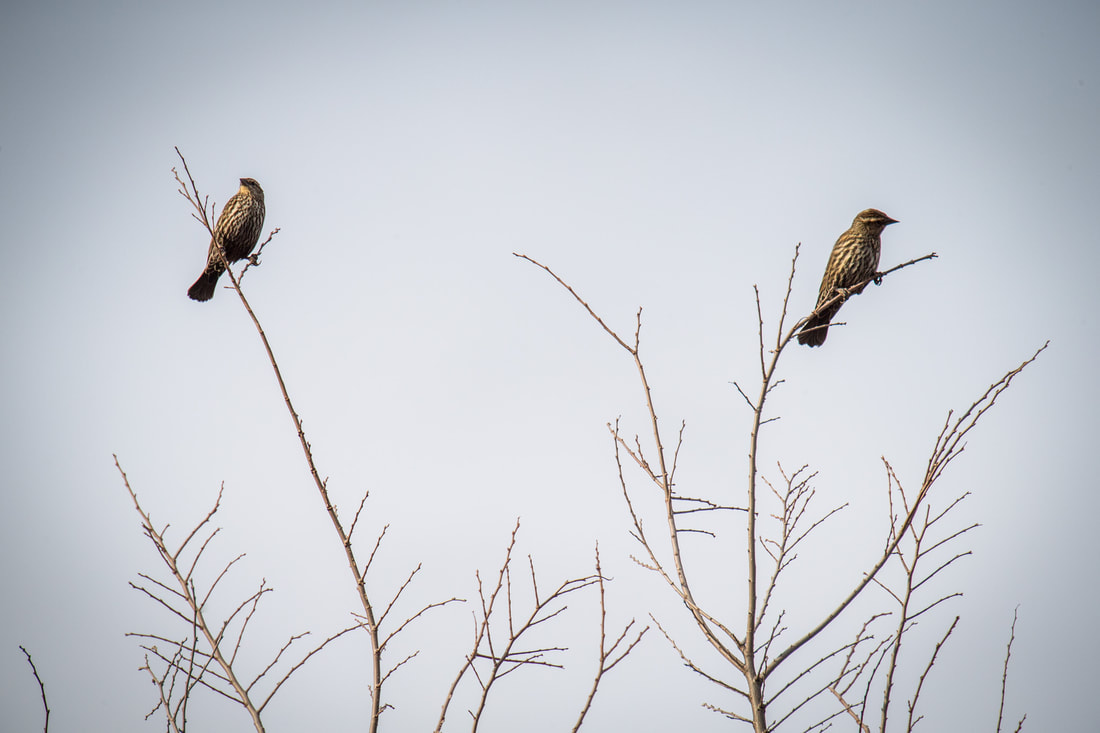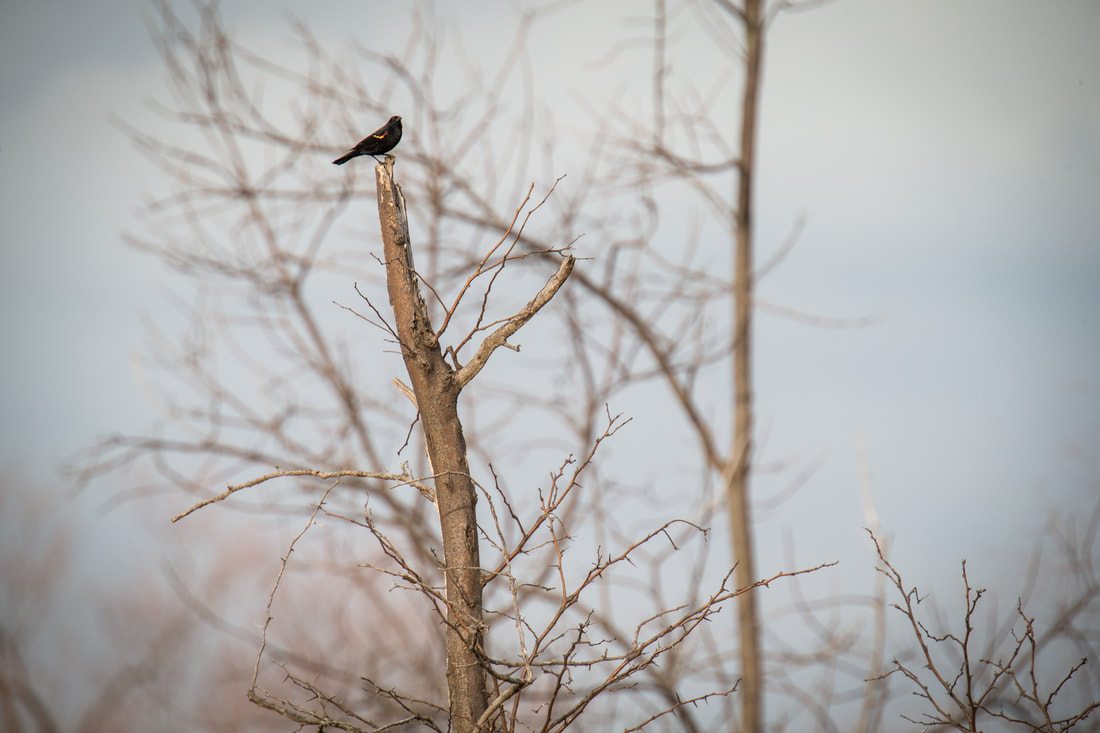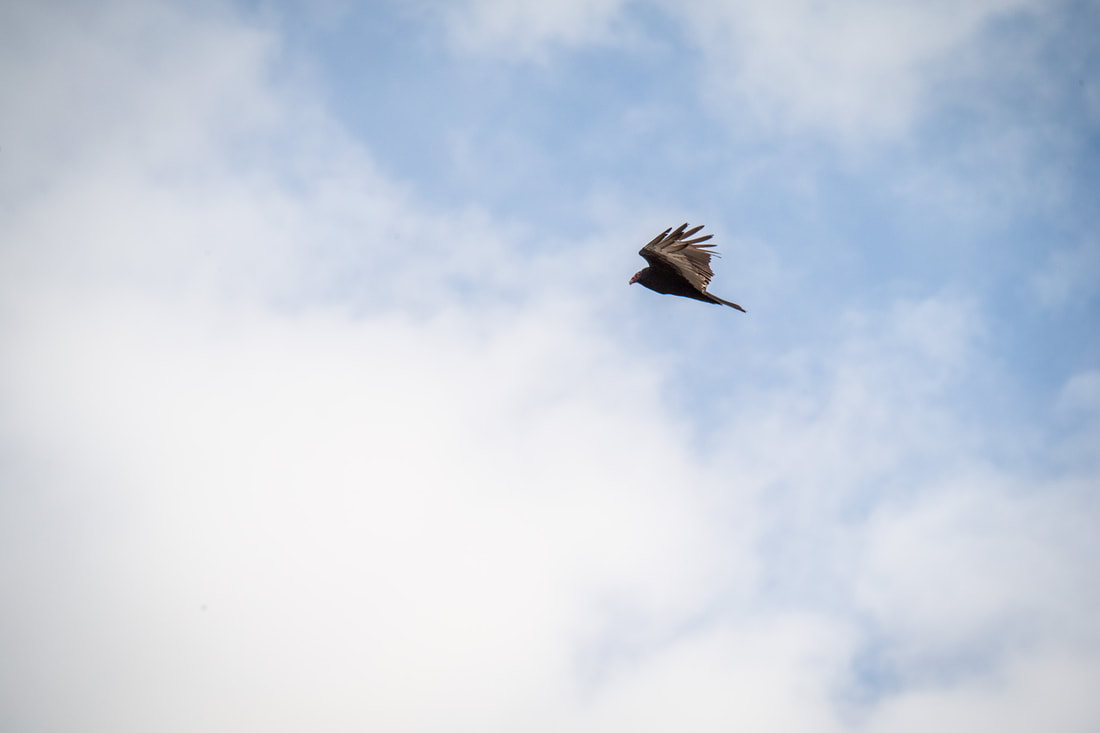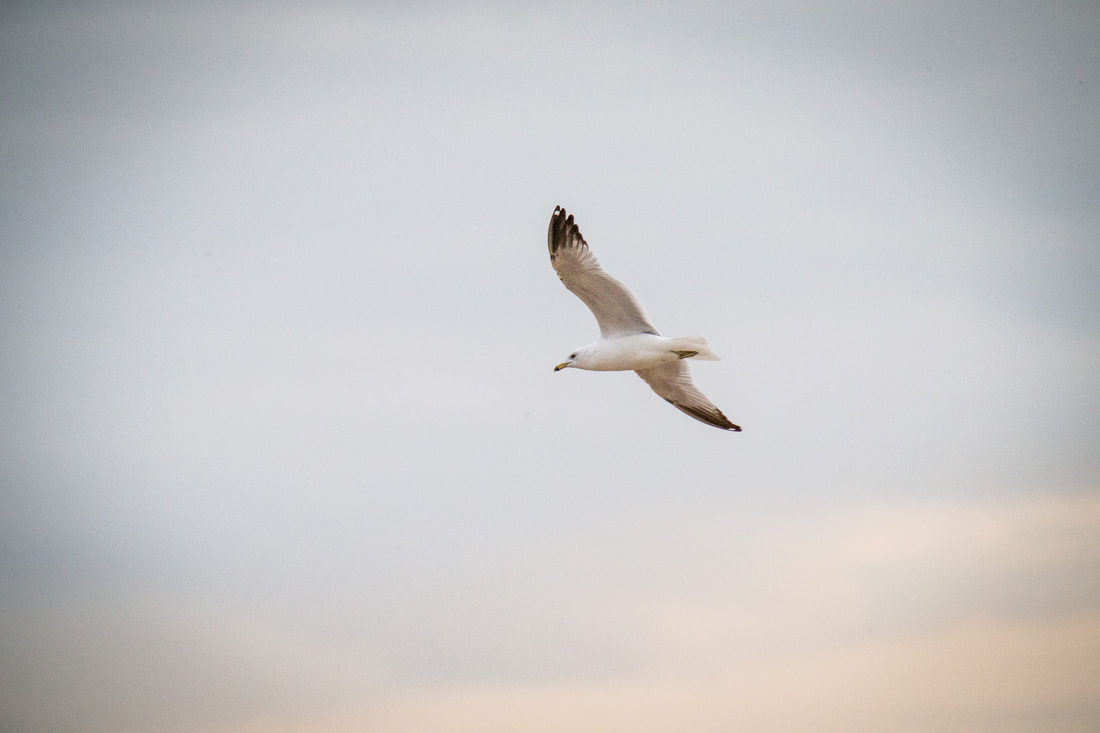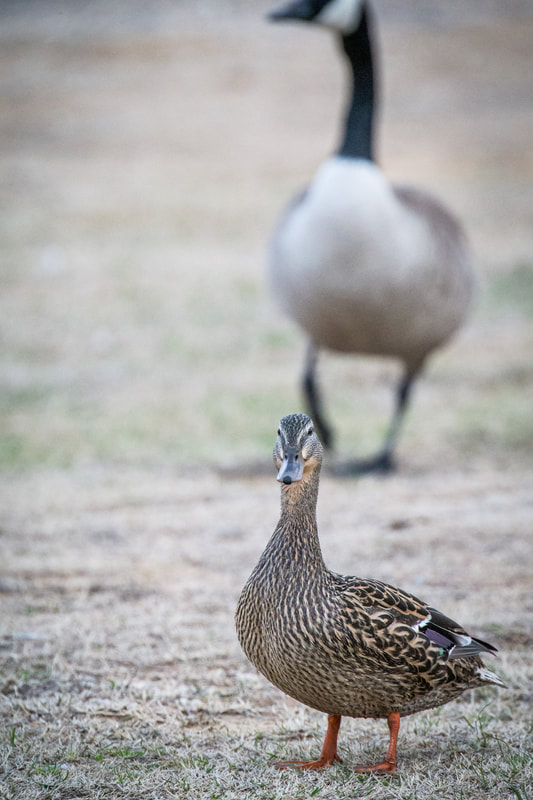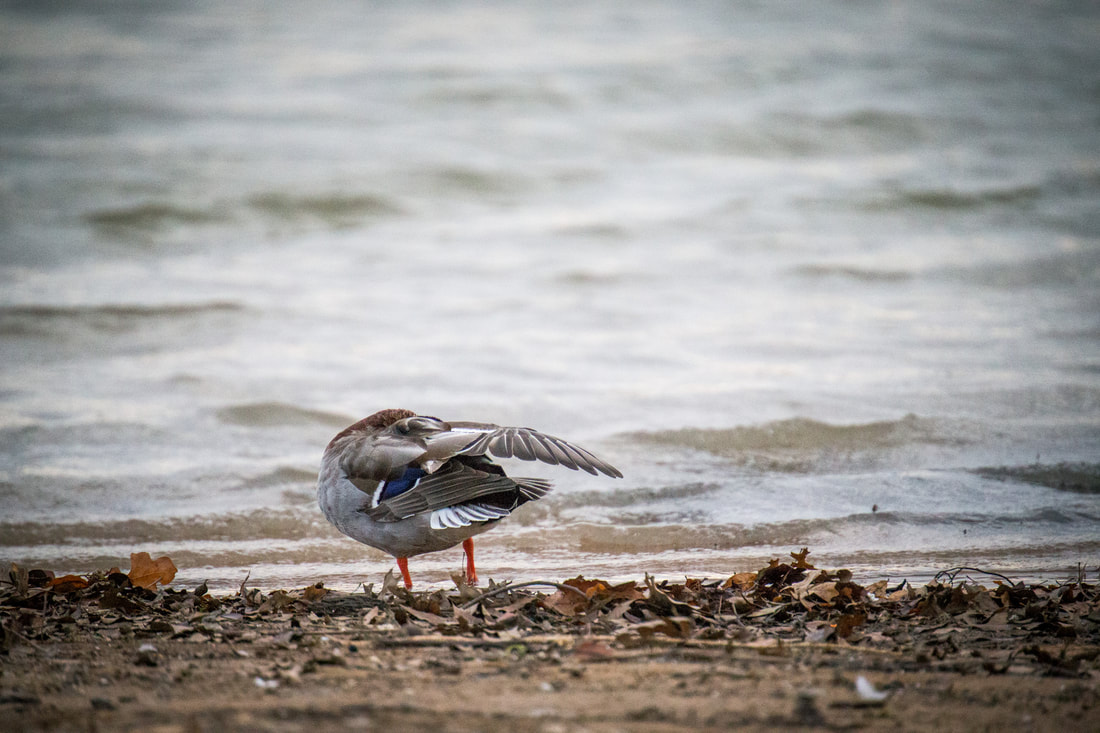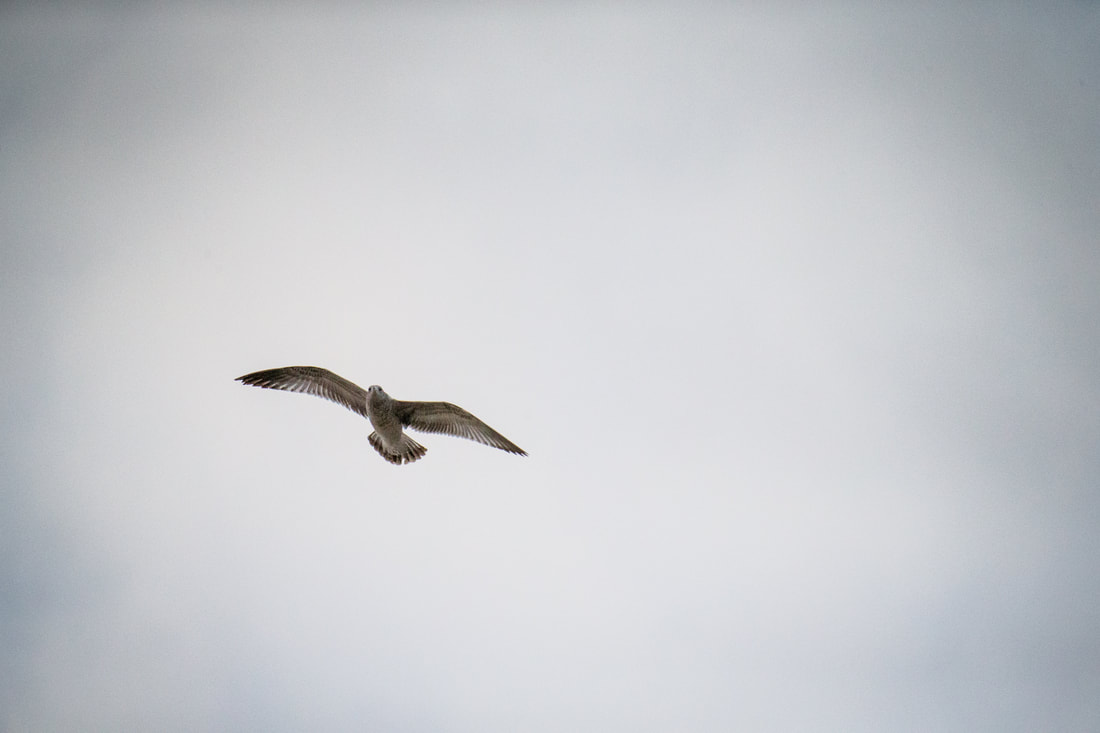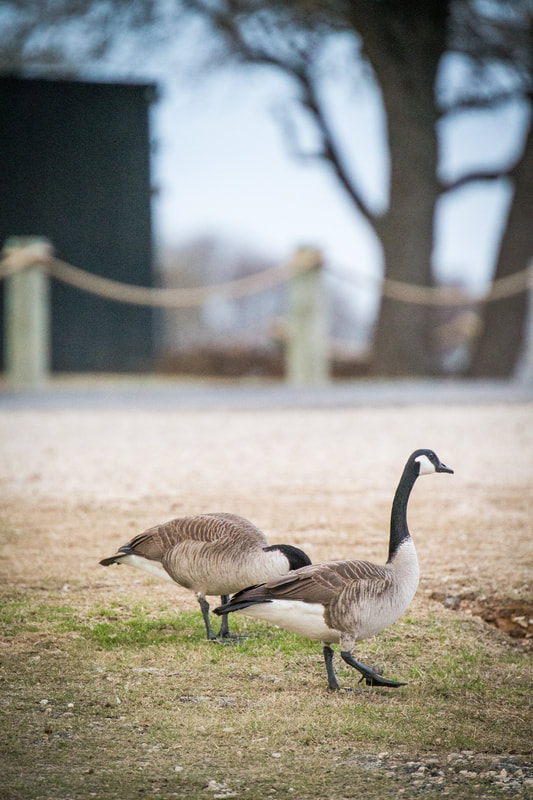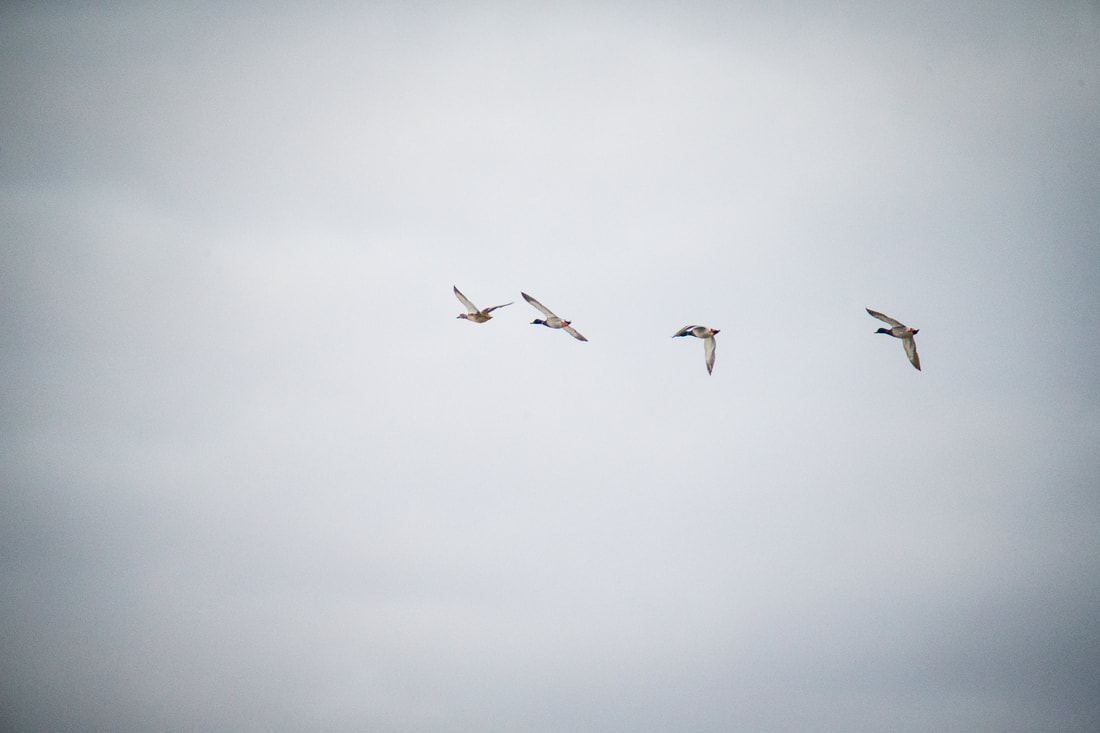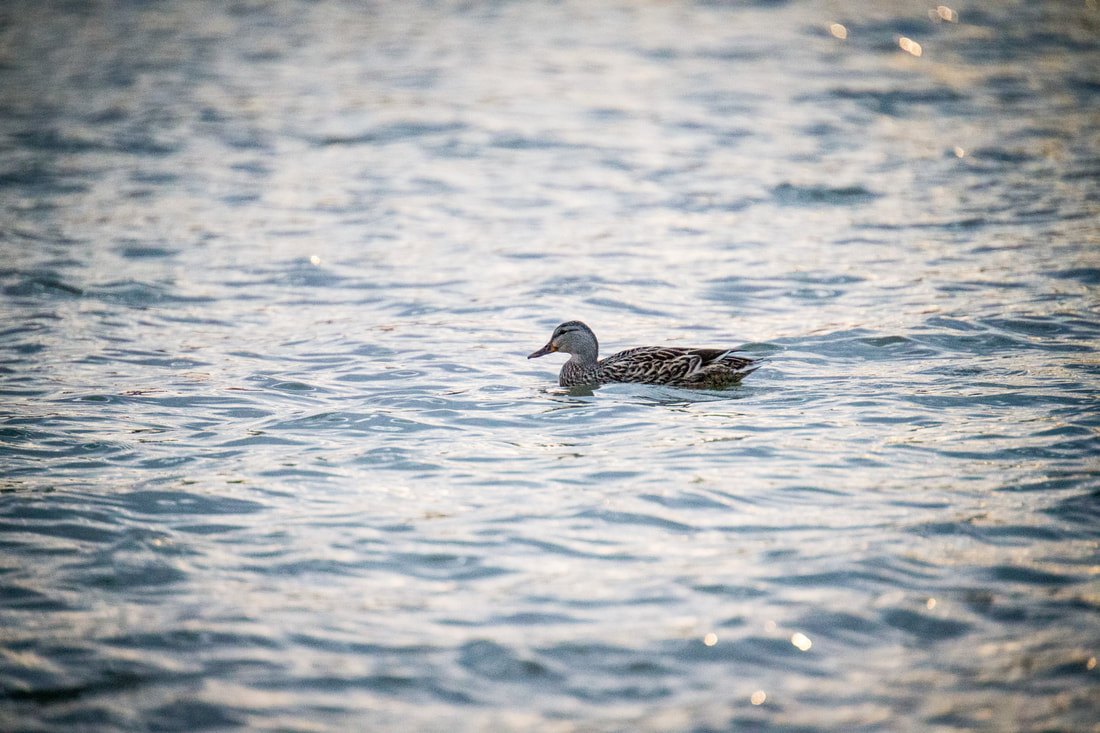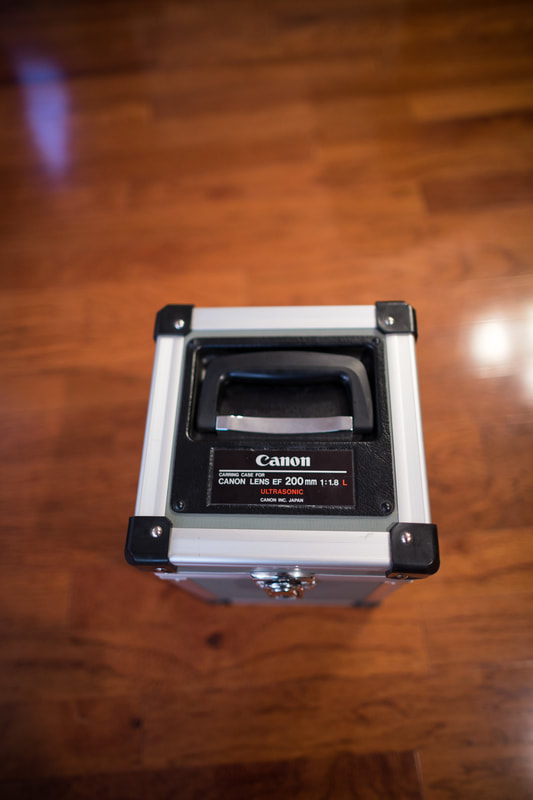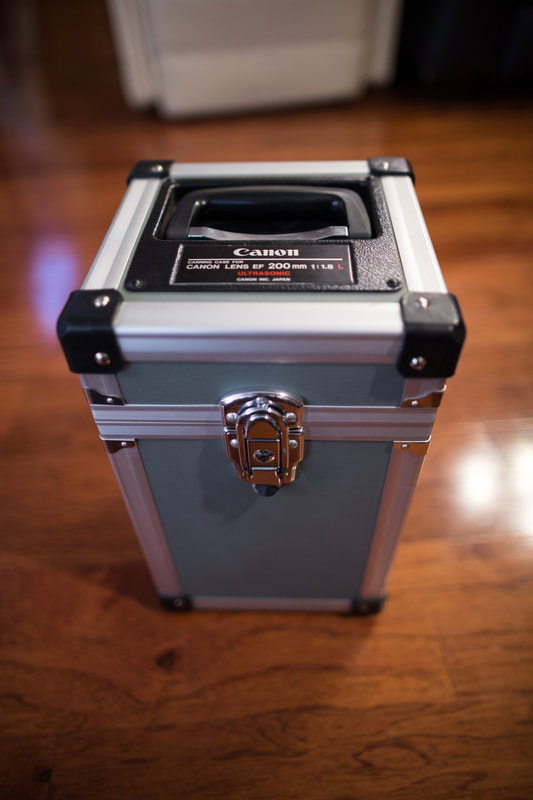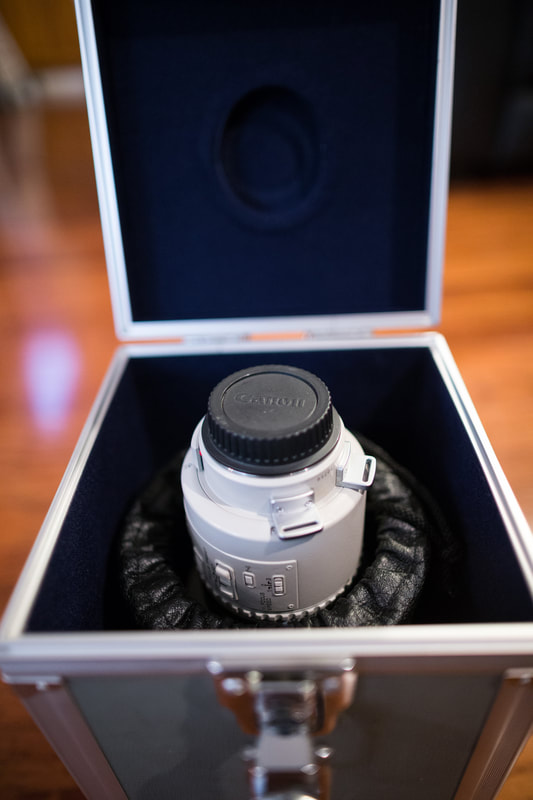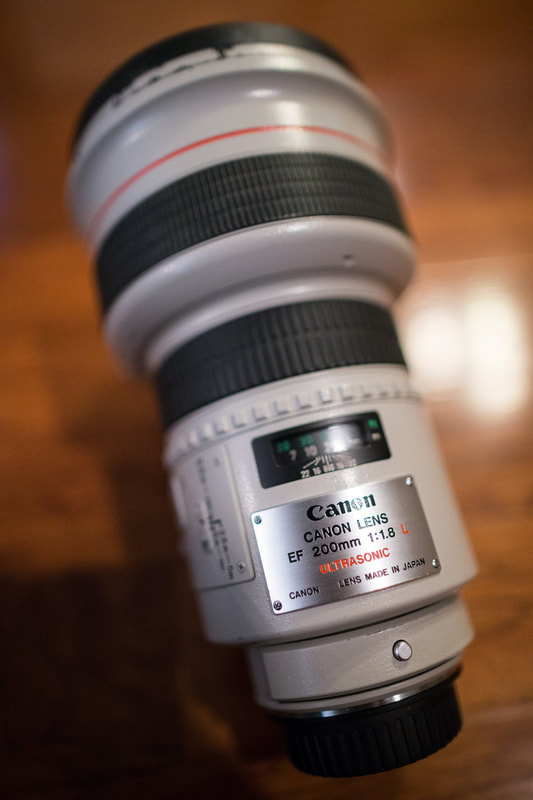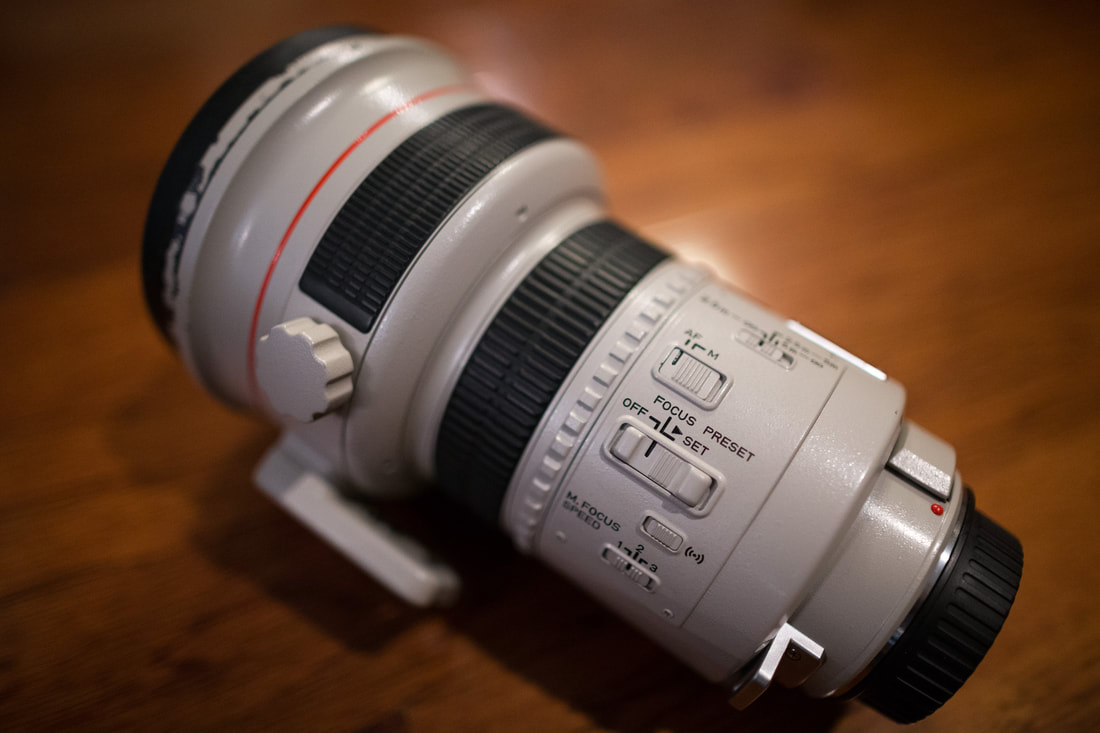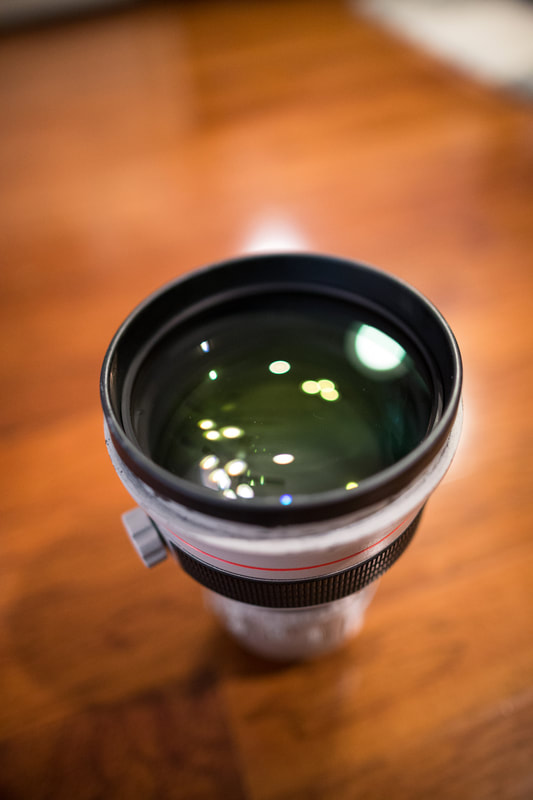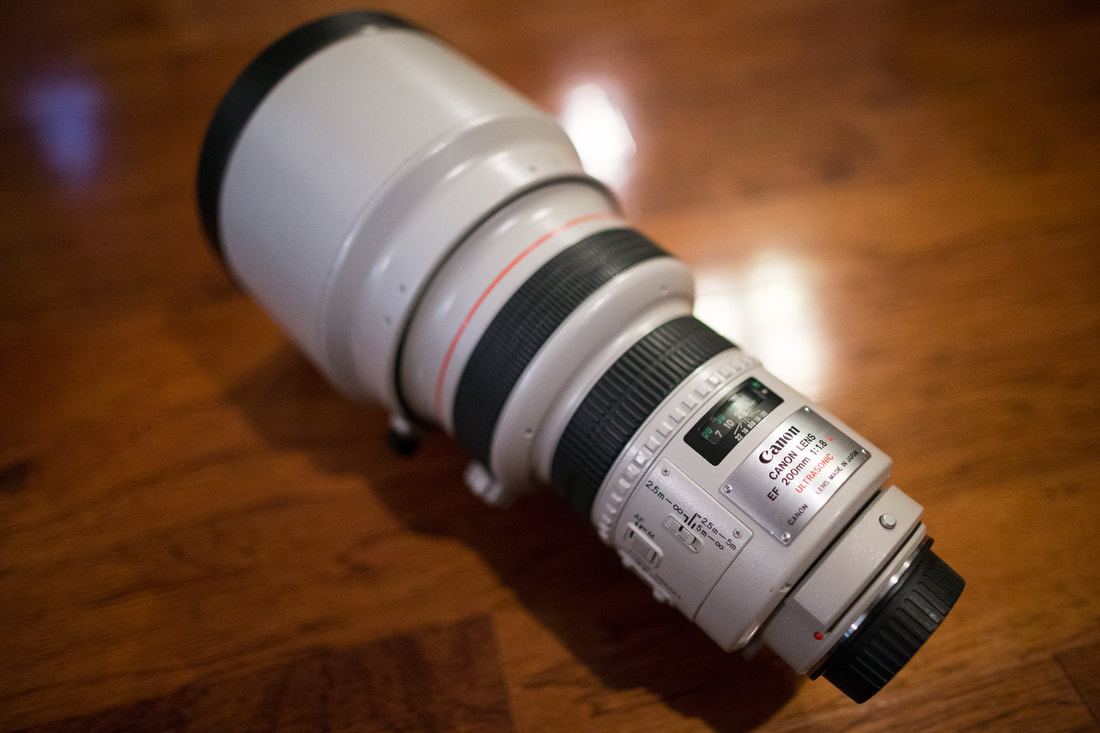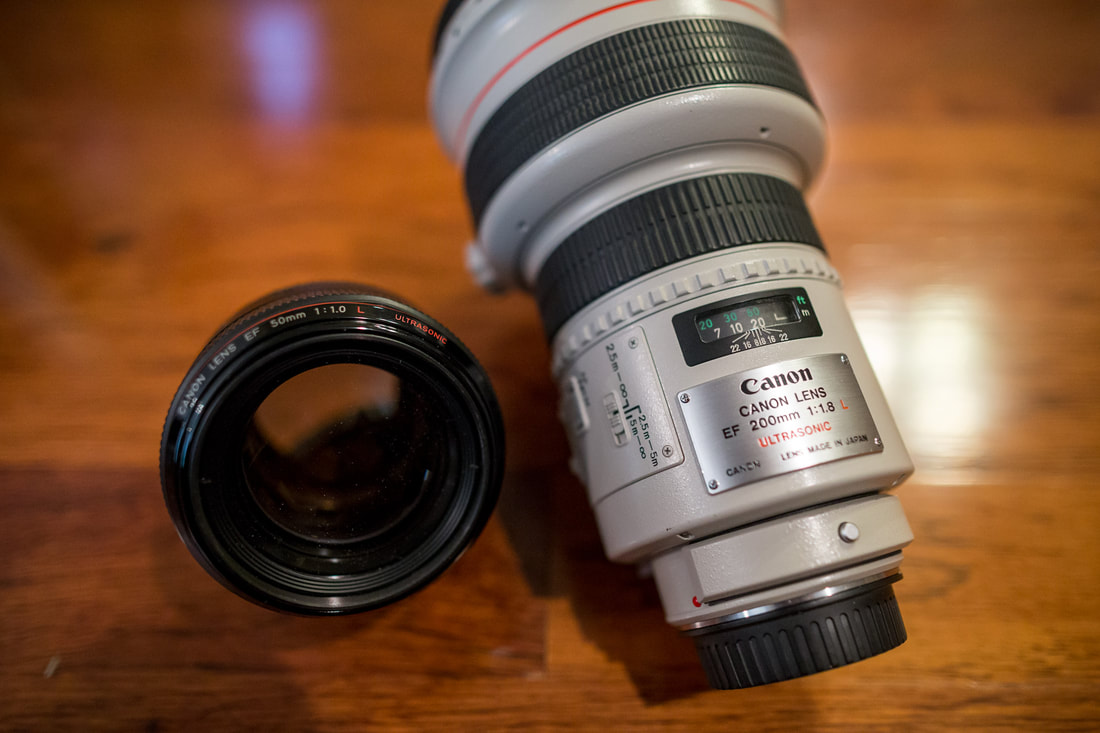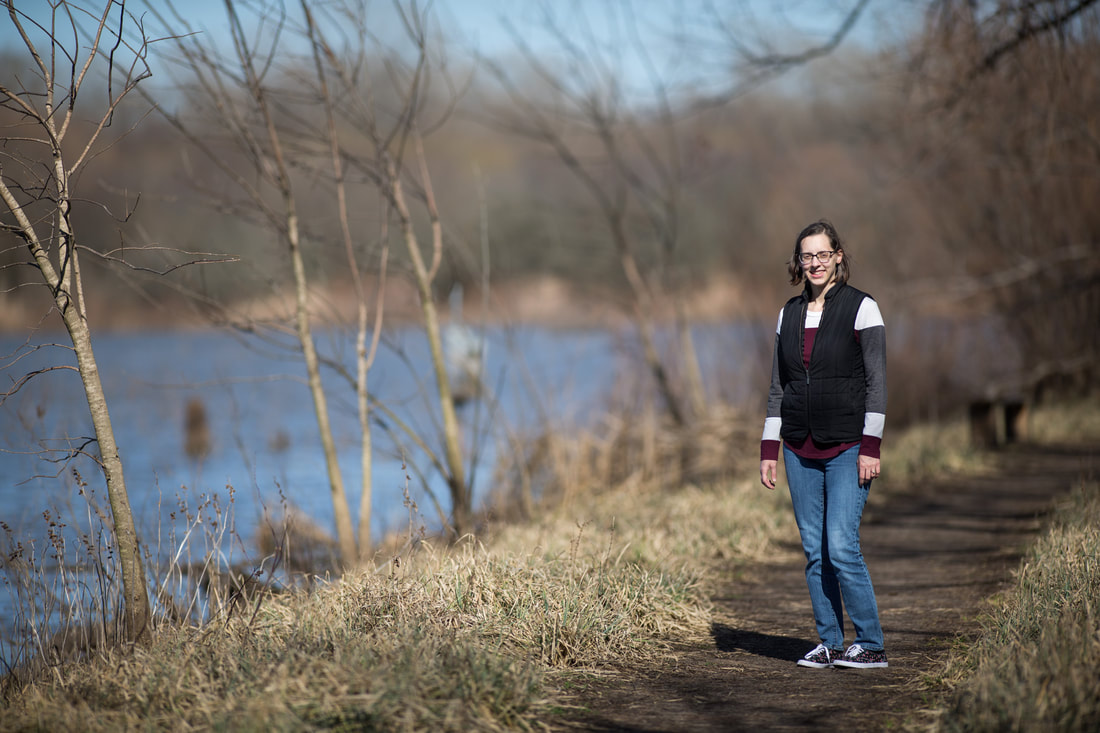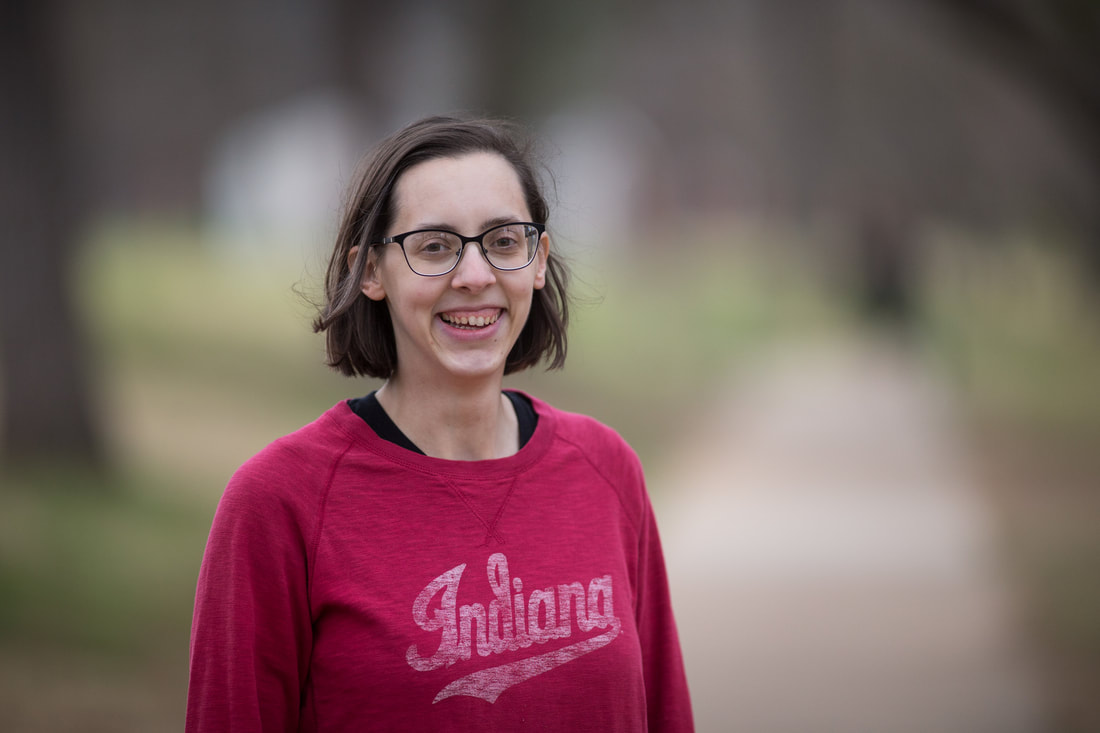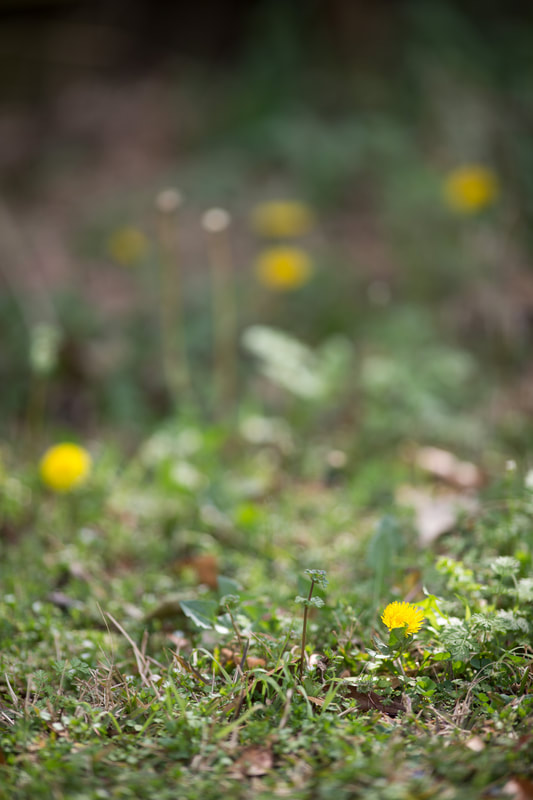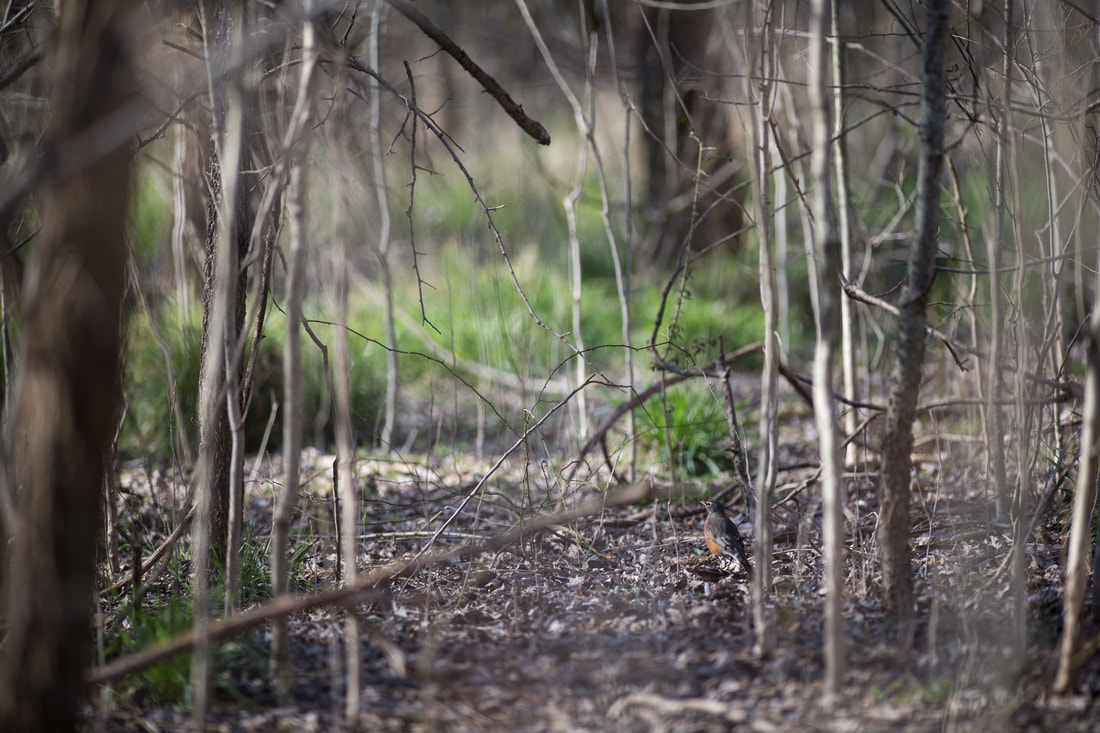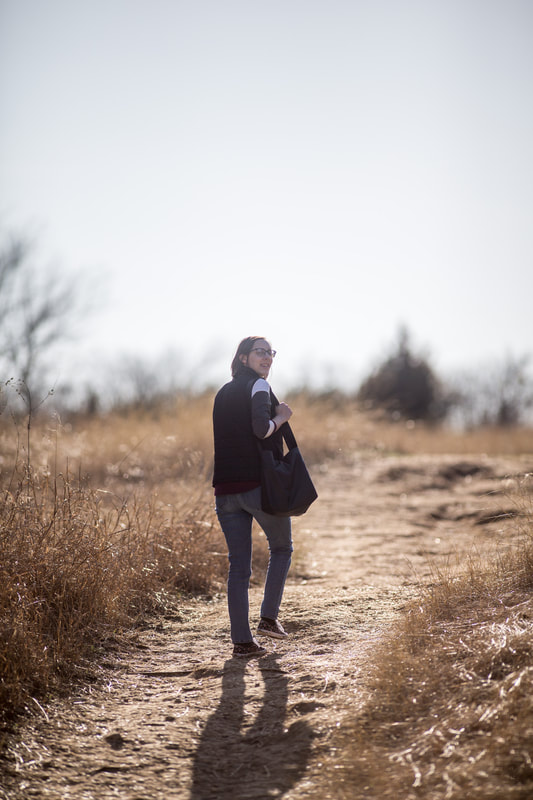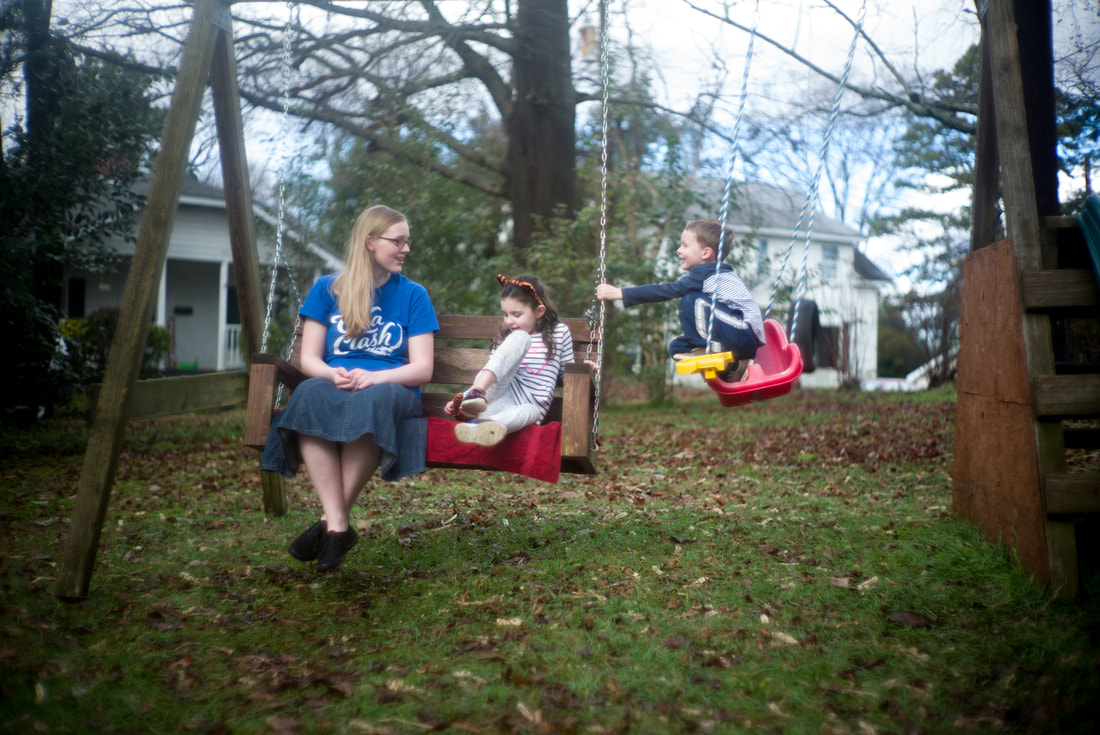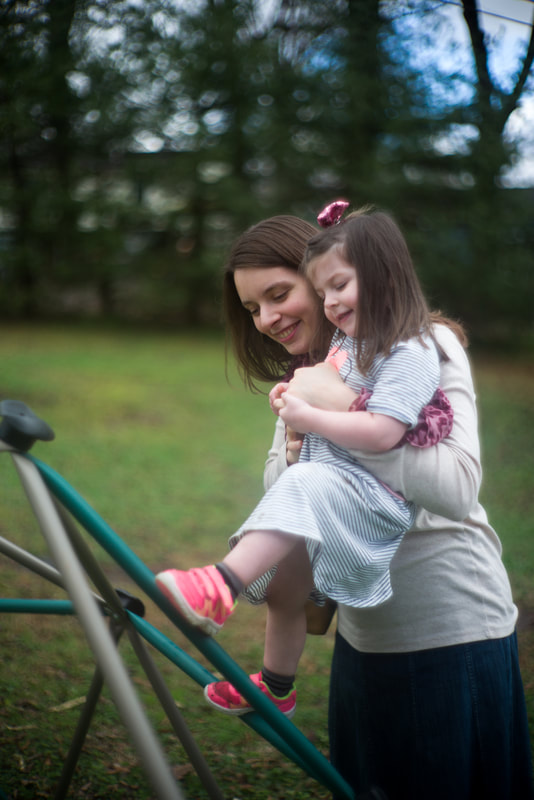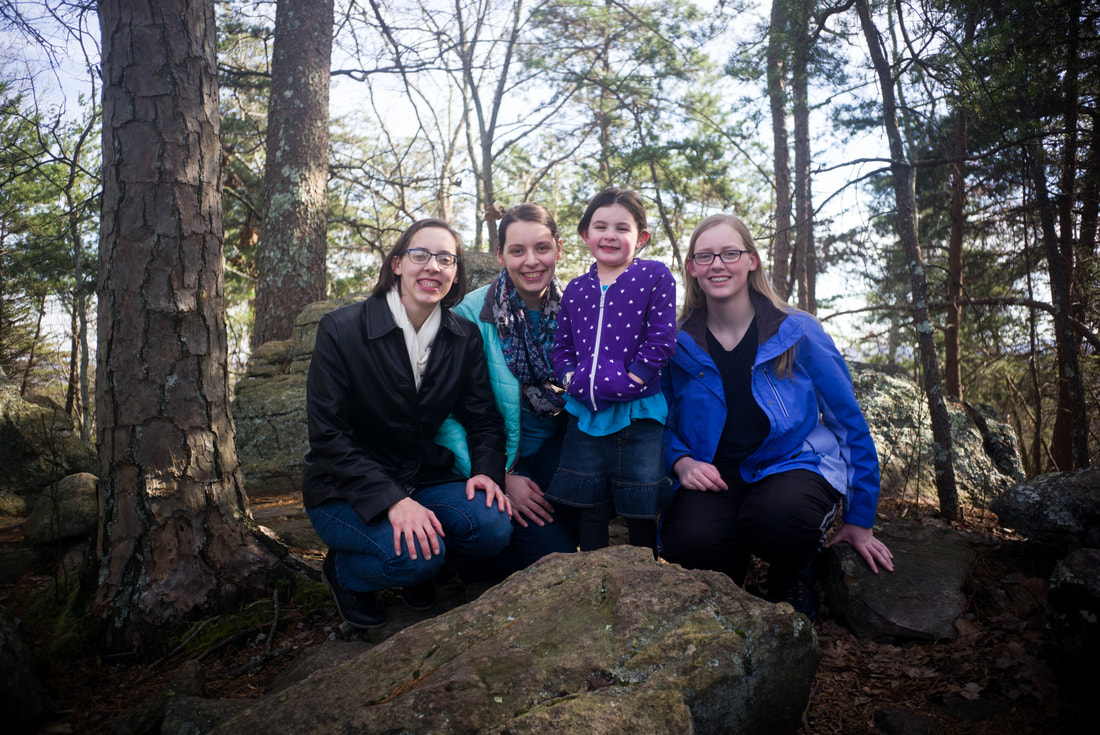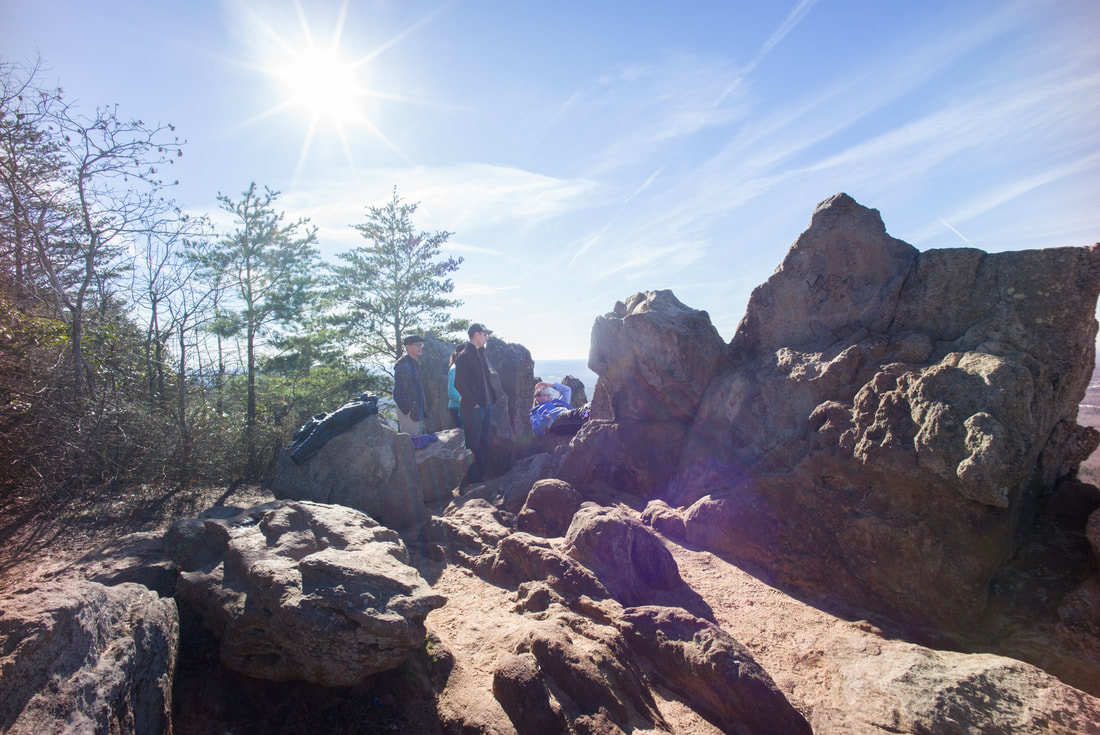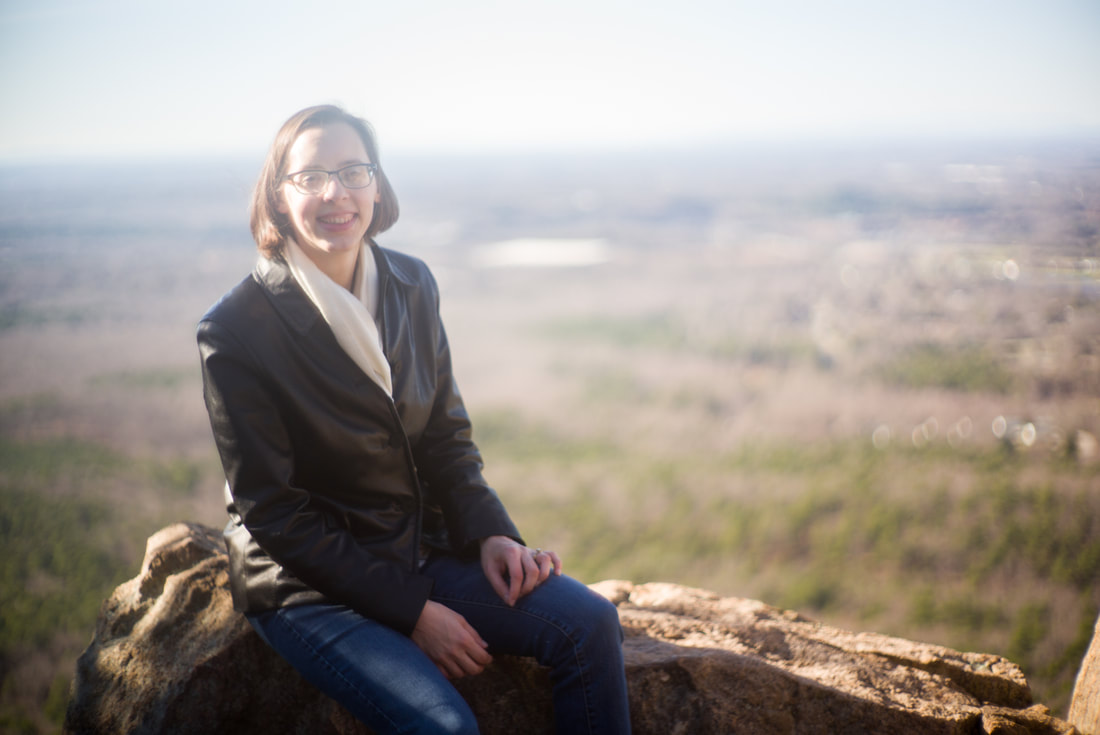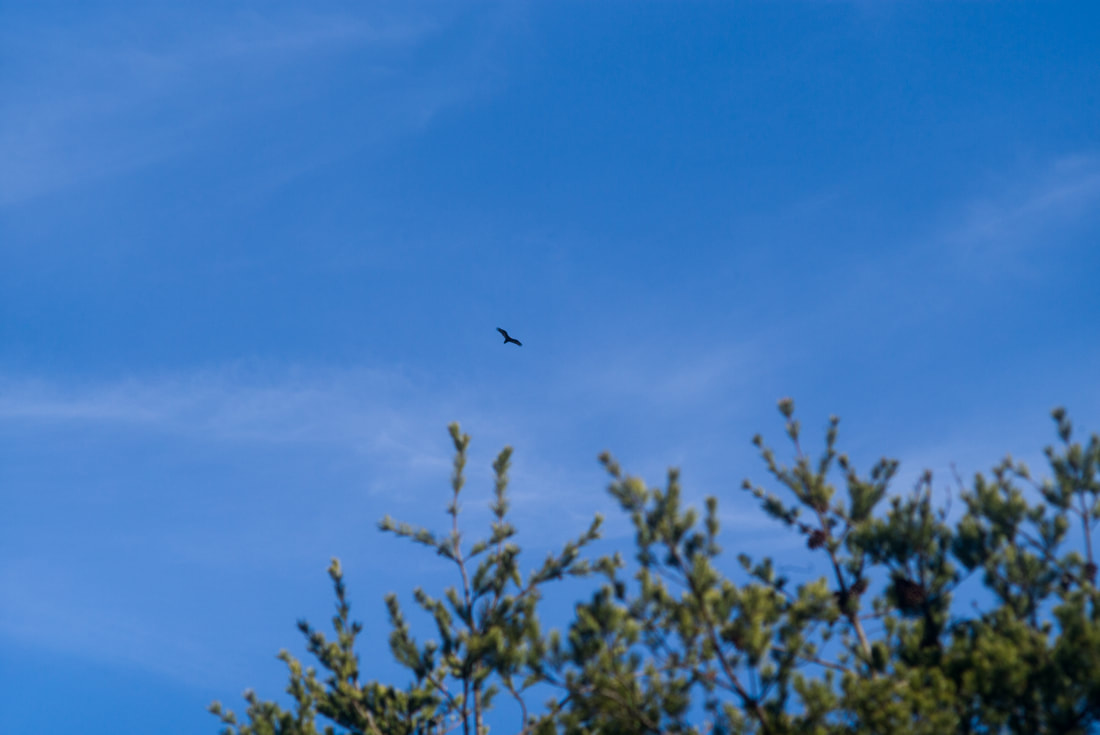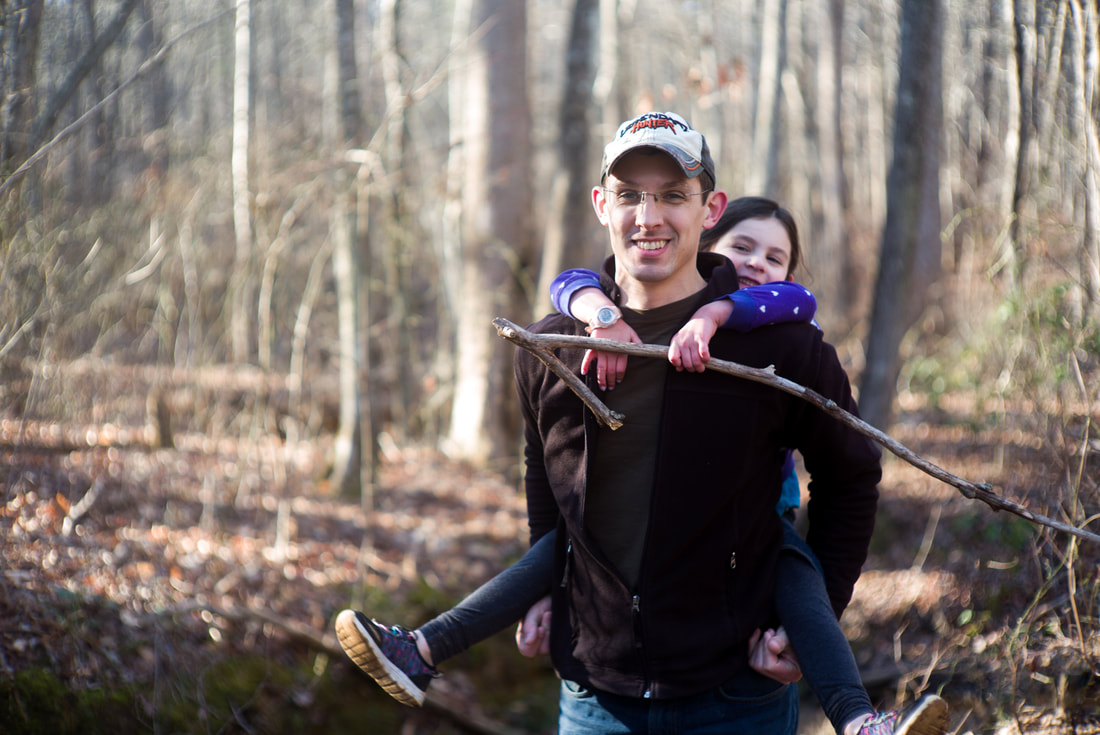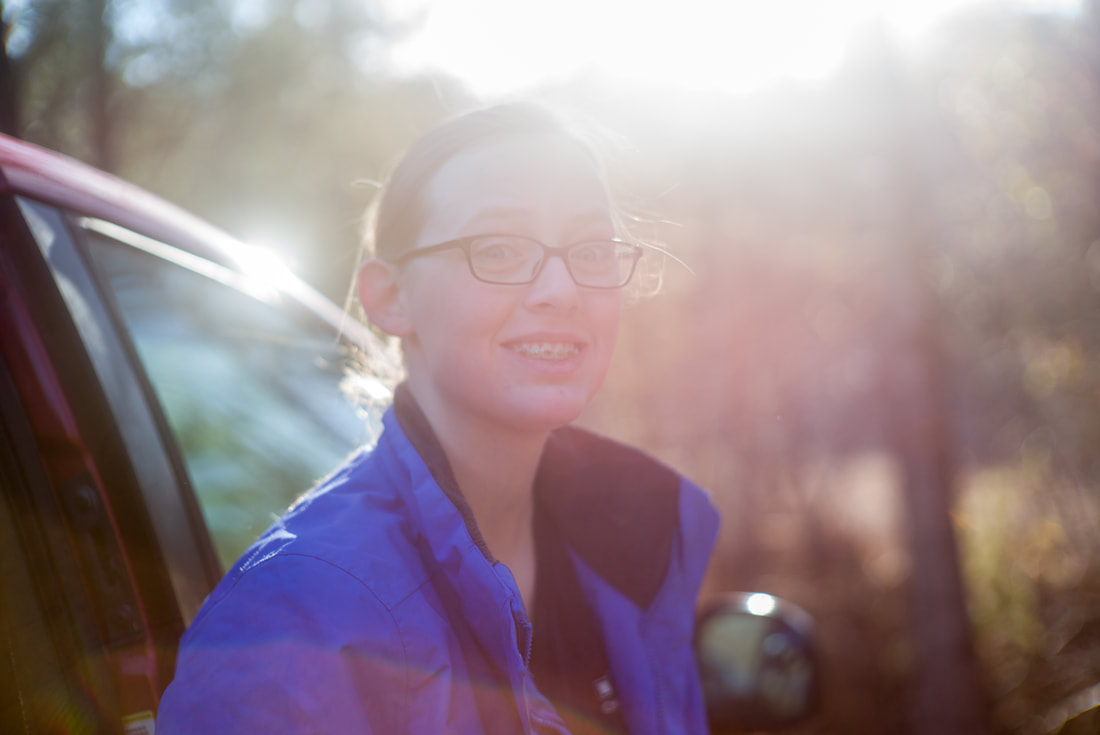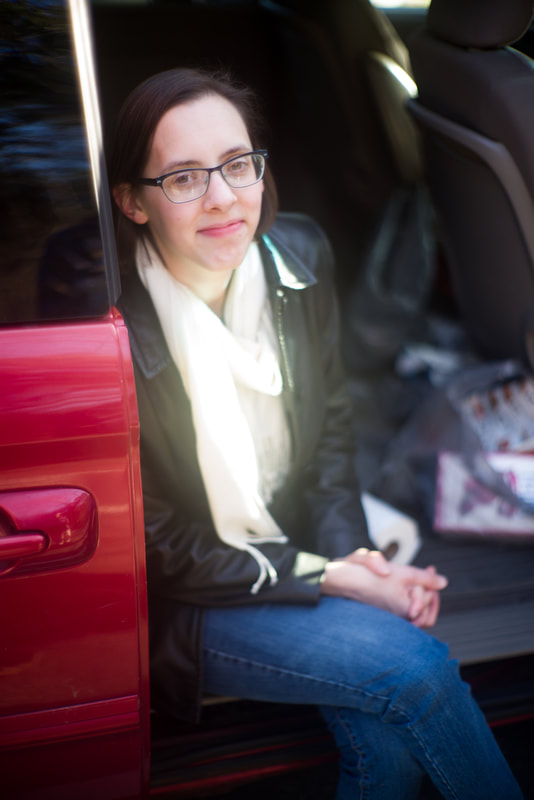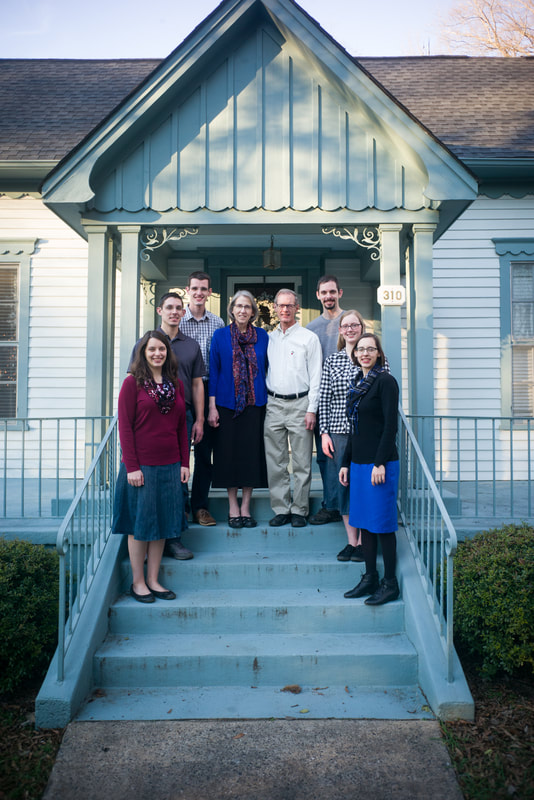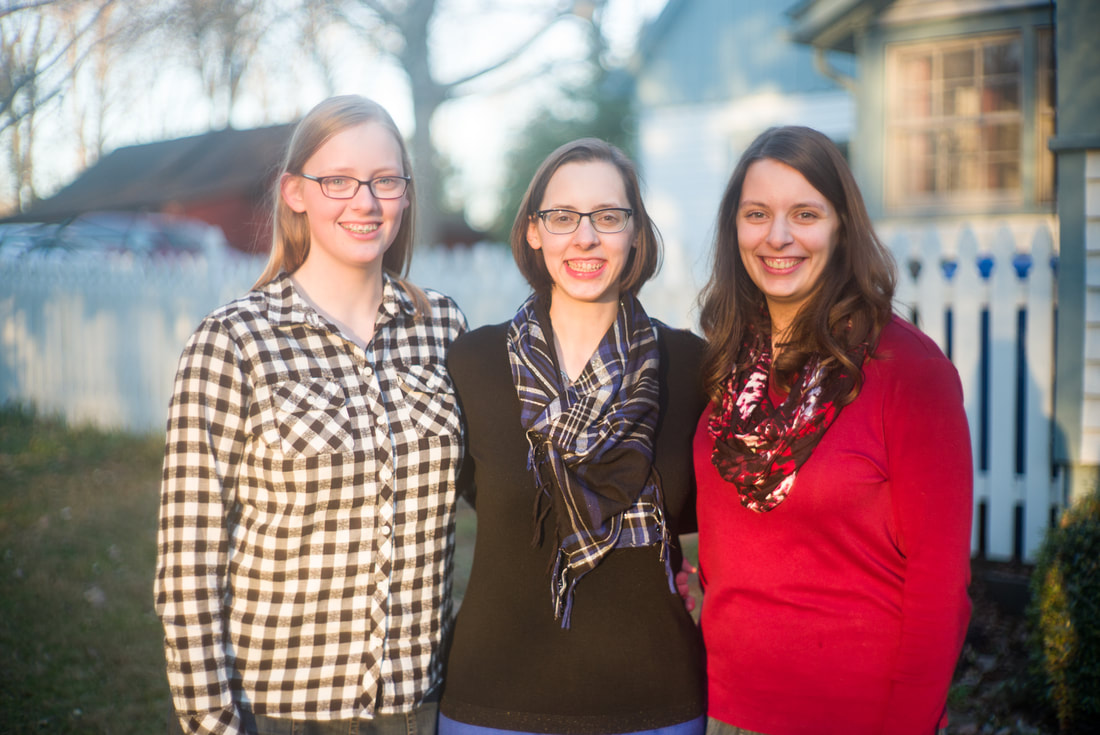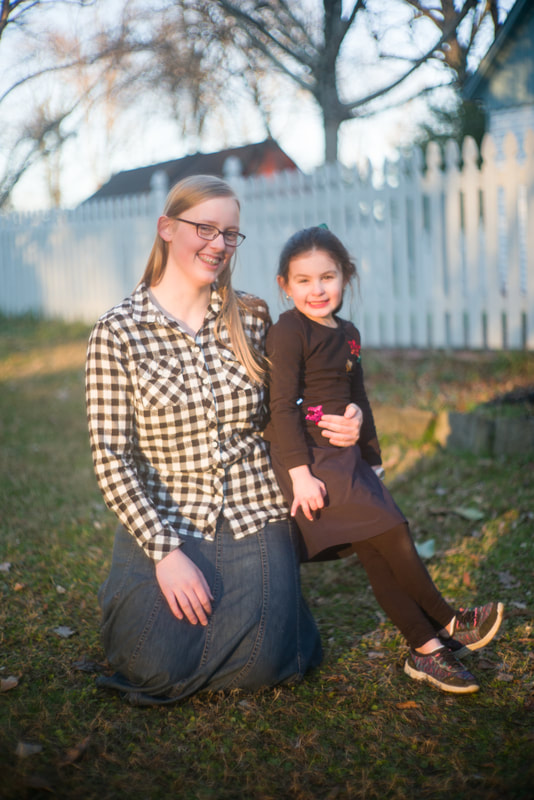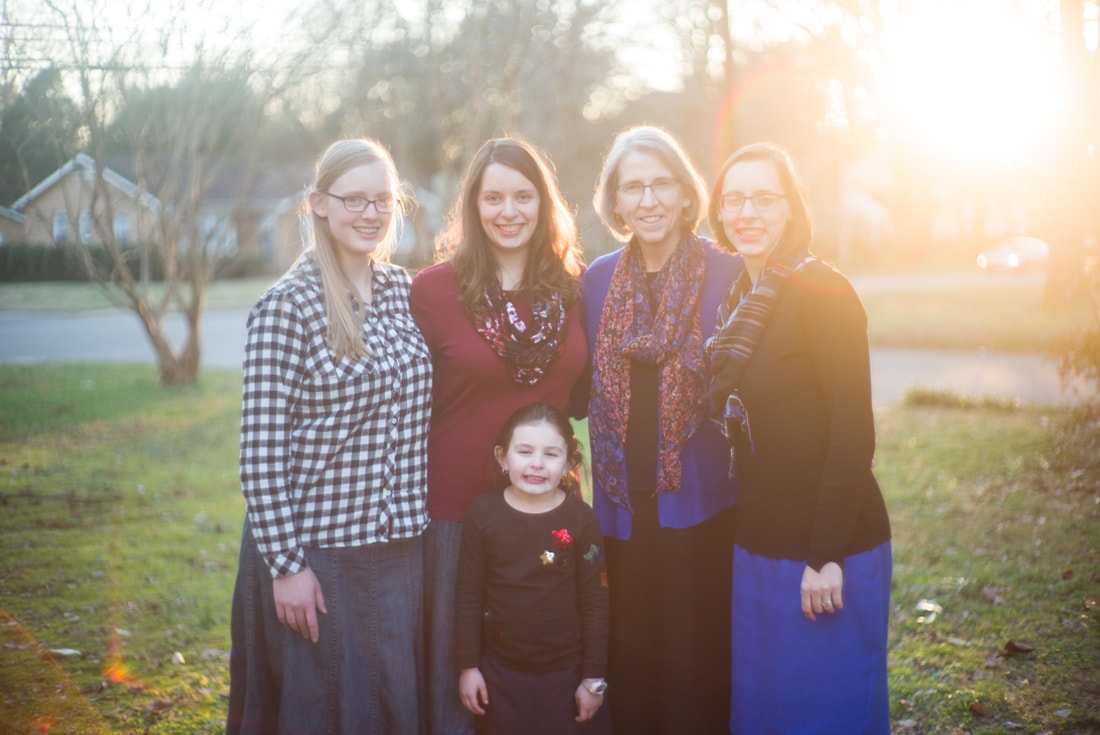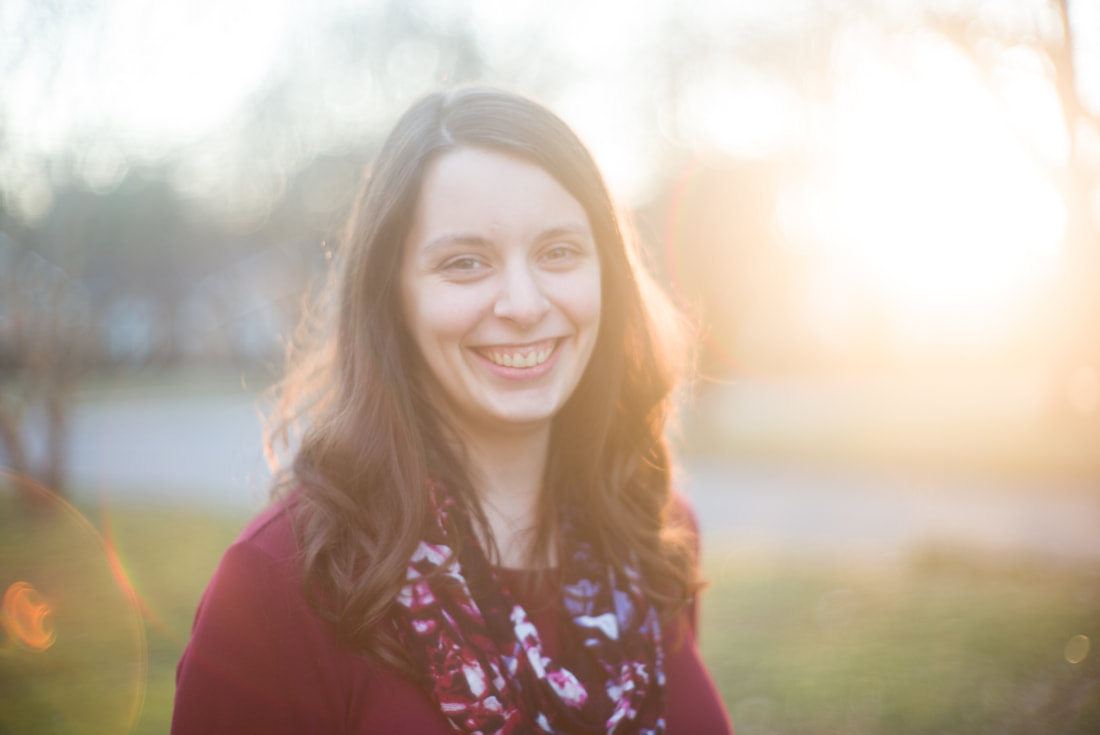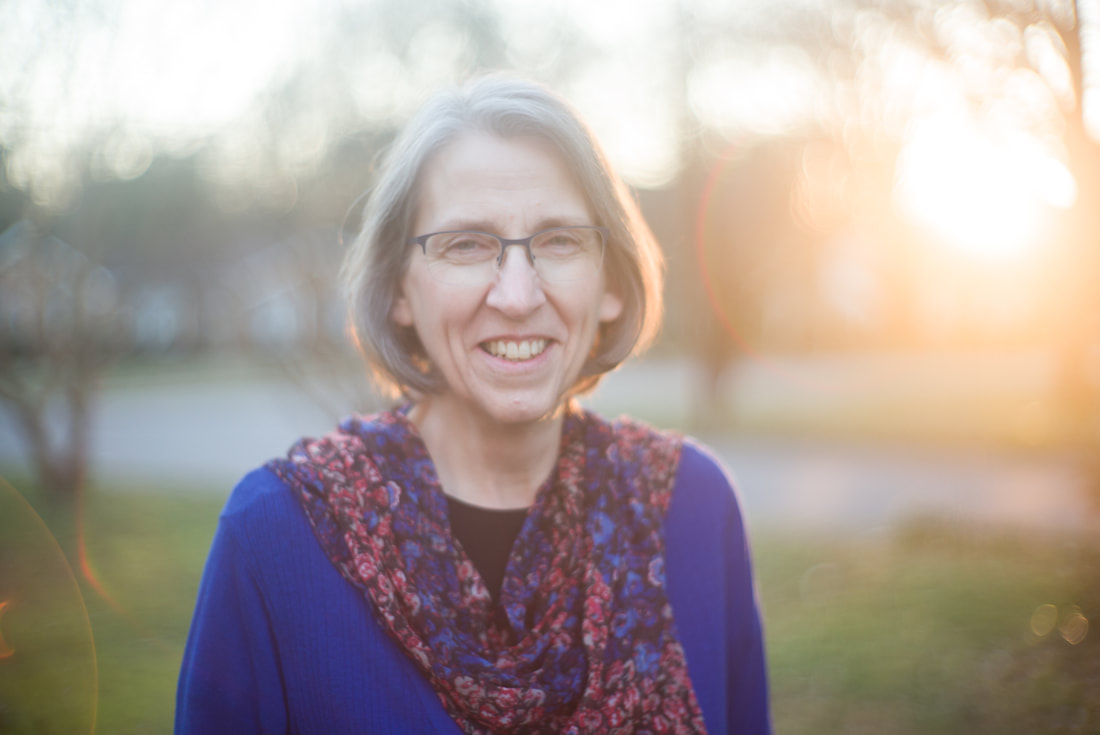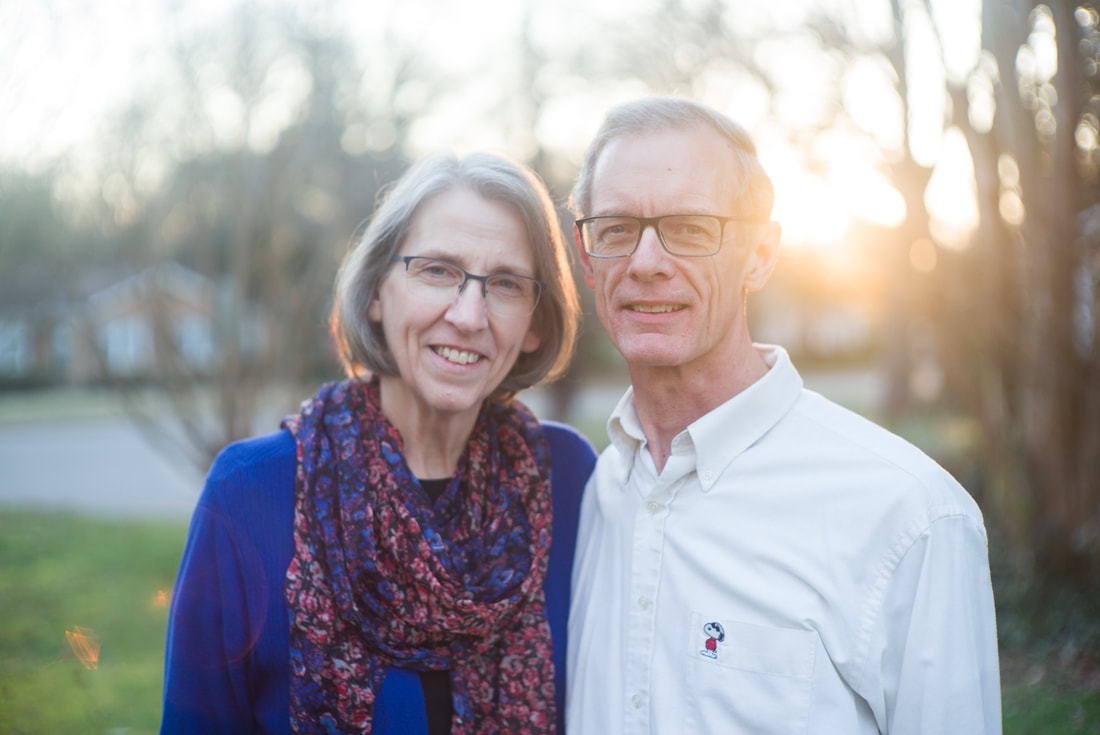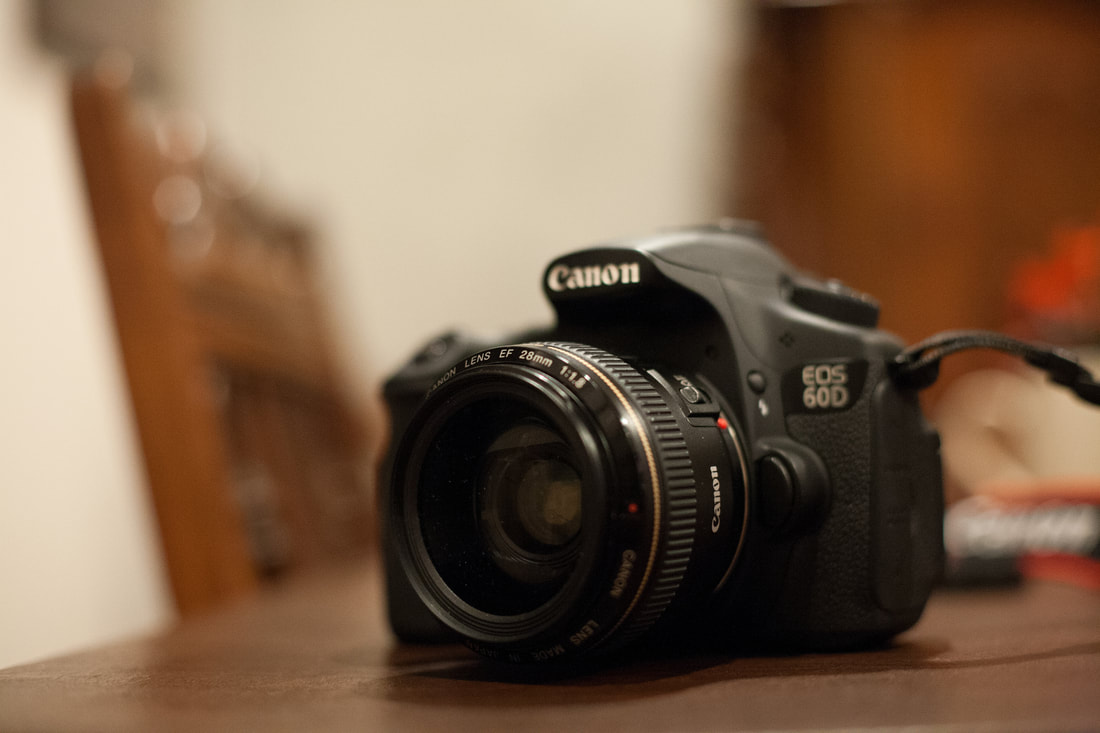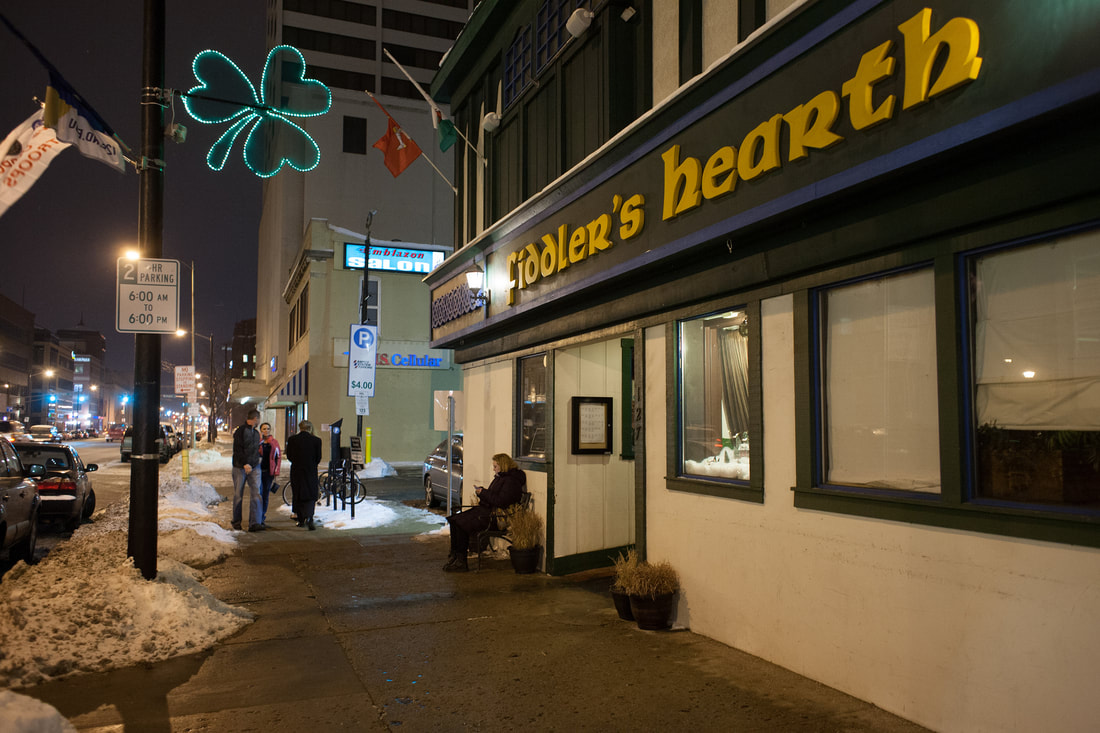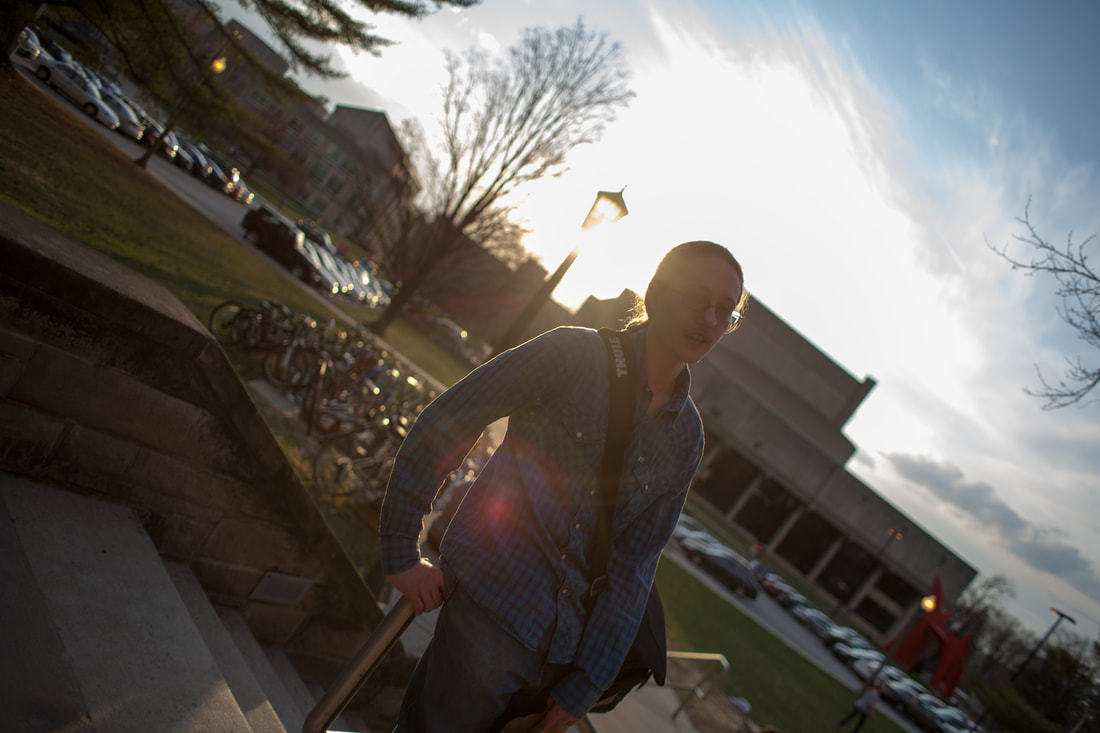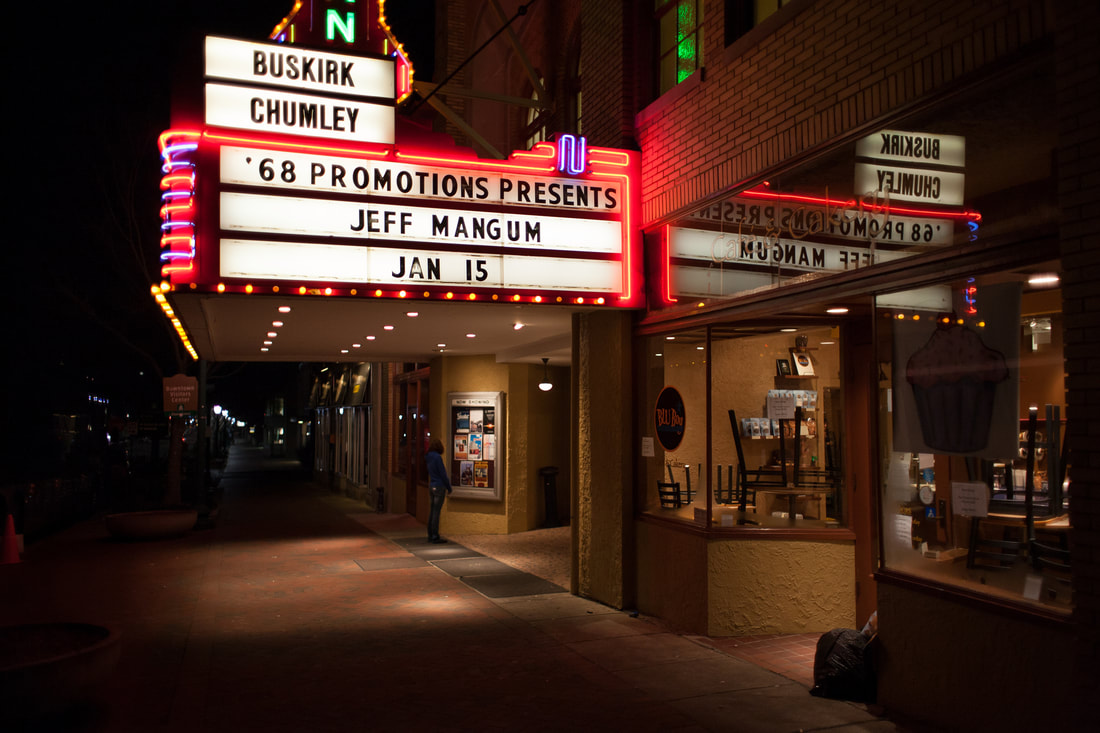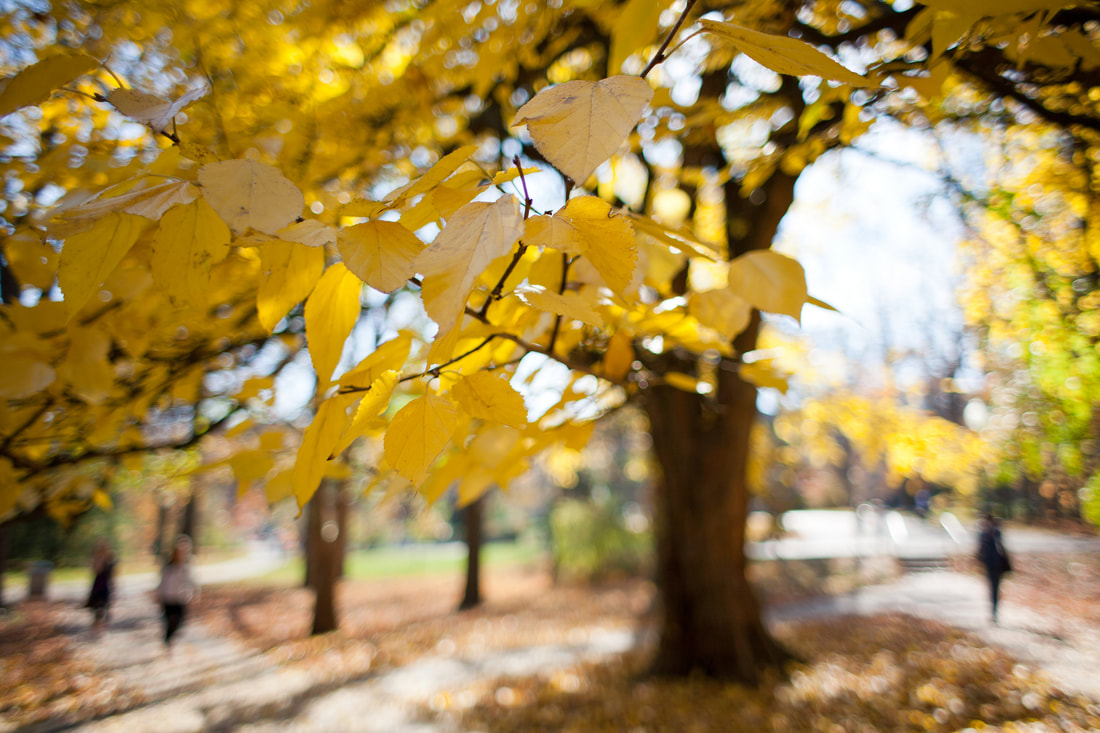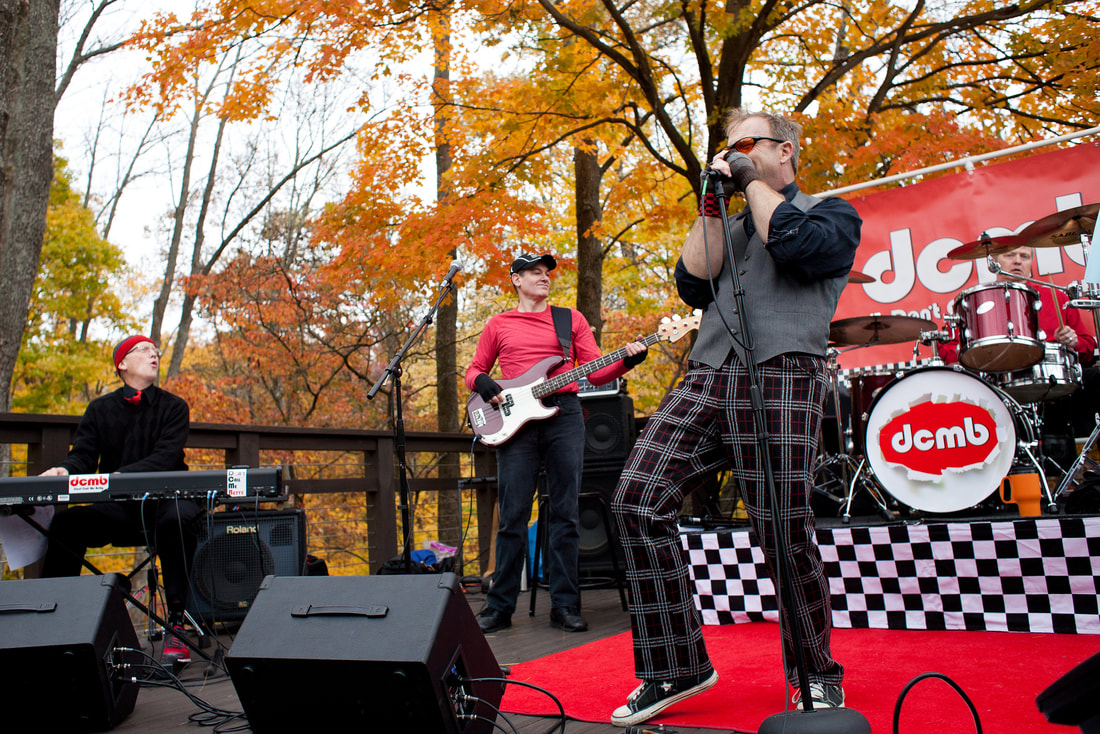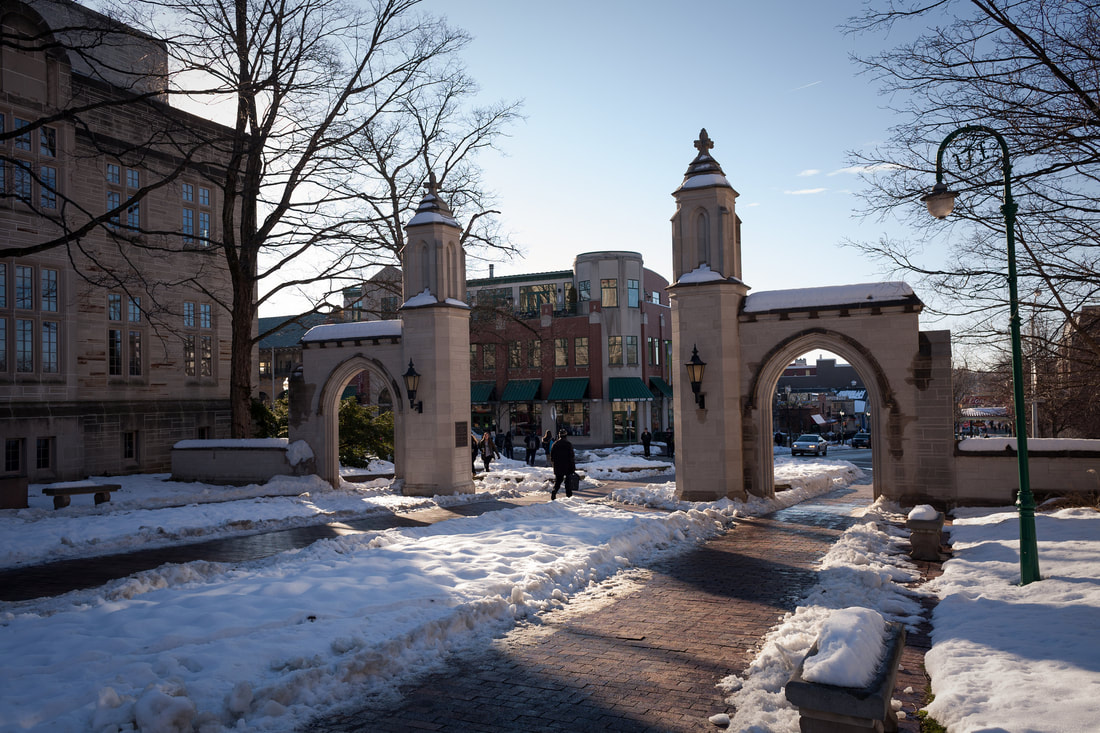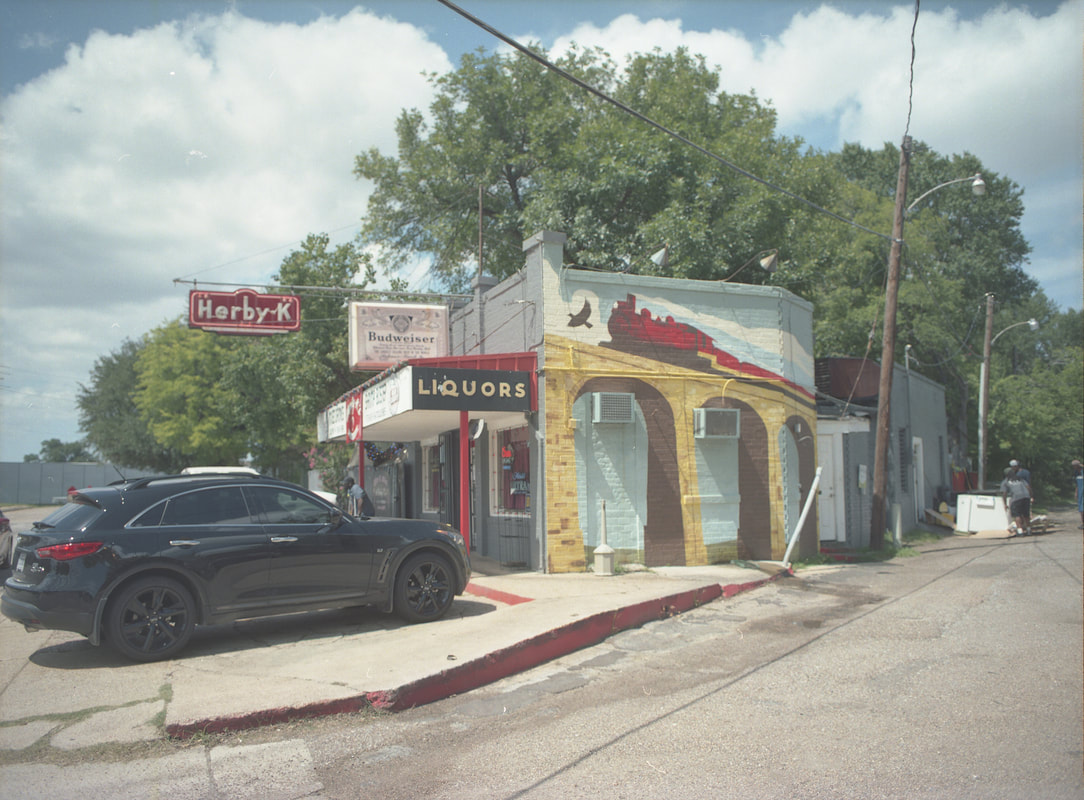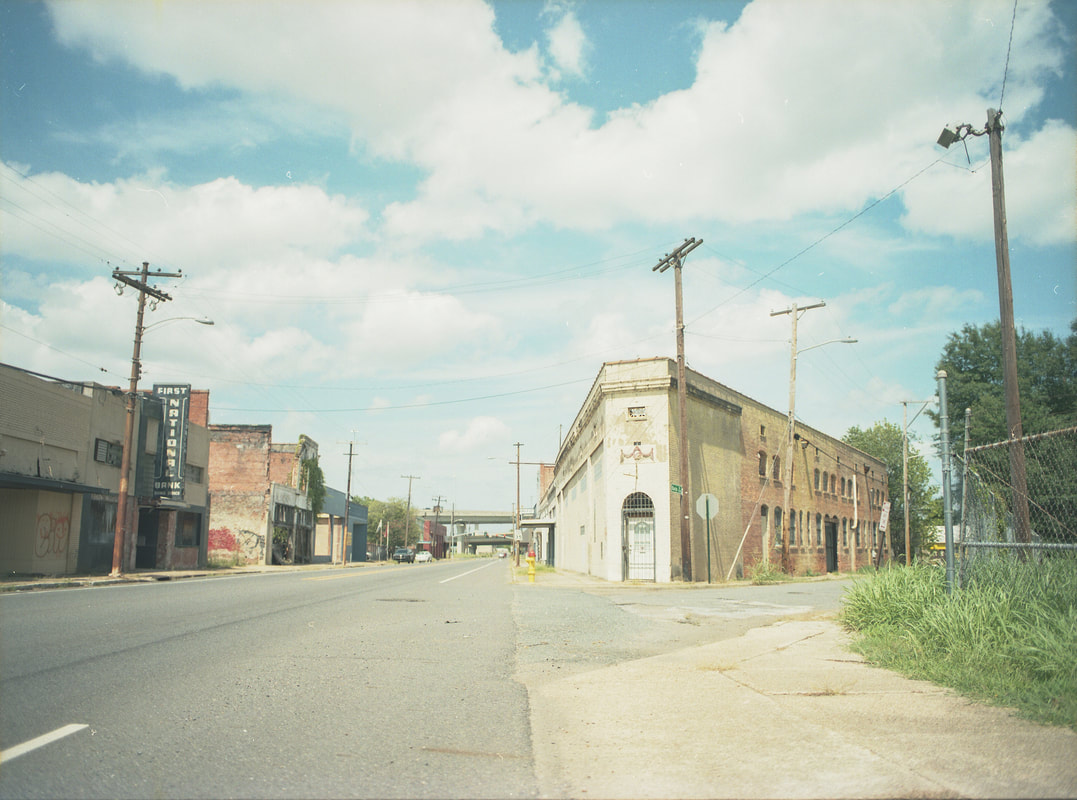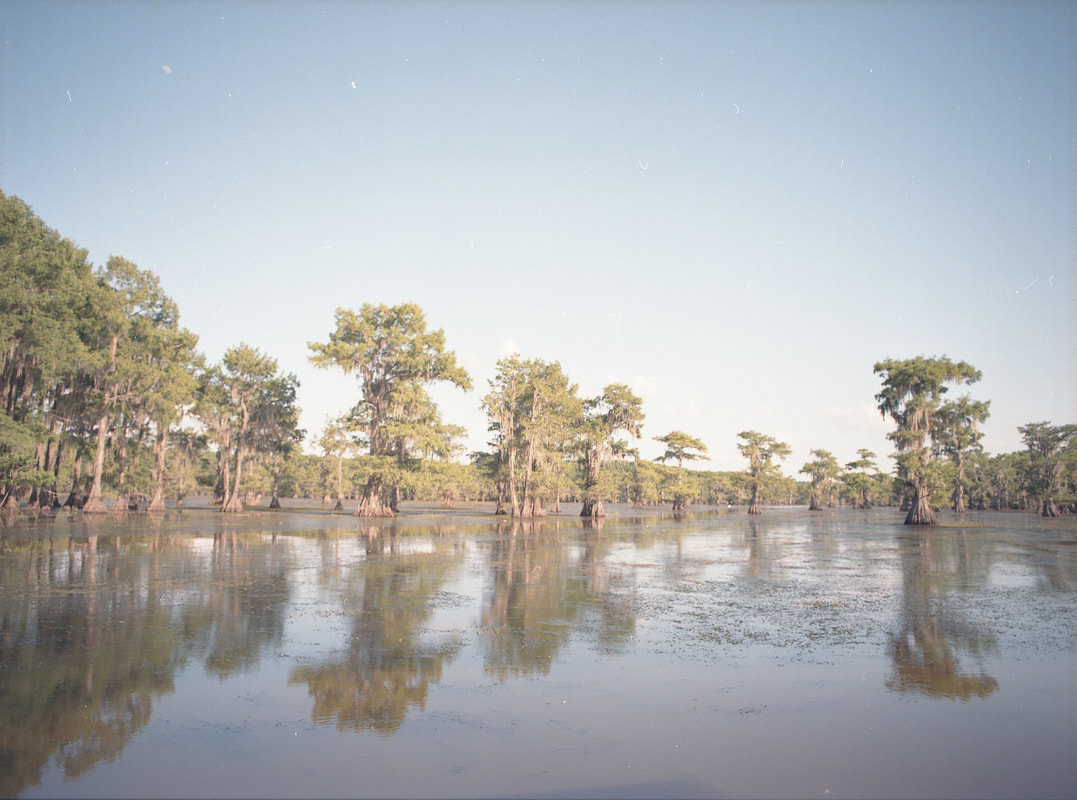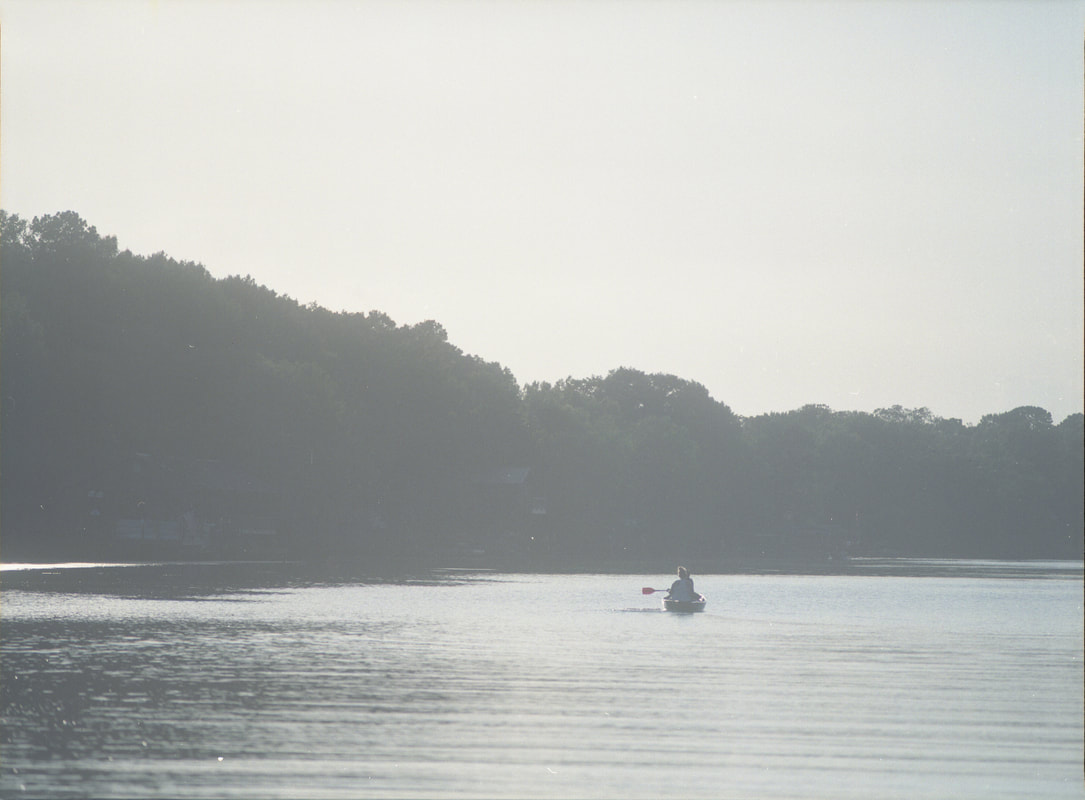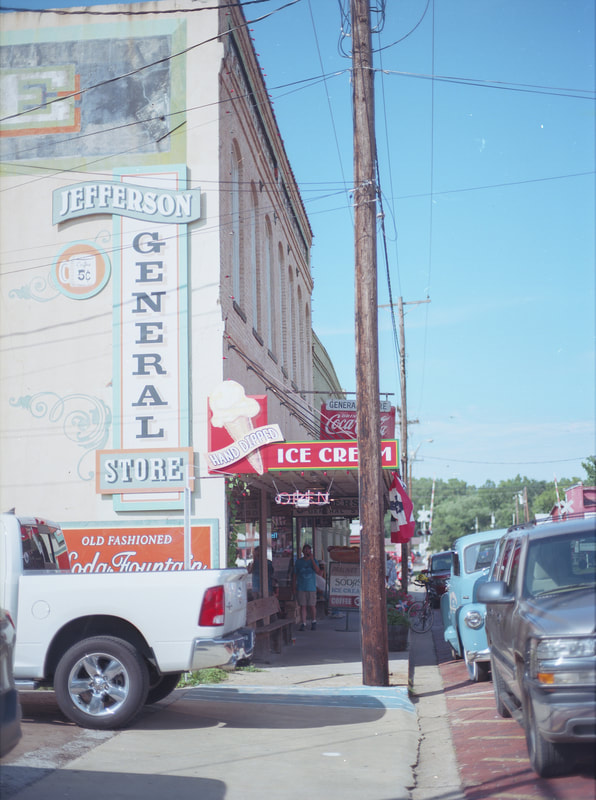When I lived in Indiana, I used to do a fair bit of bird photography. There were several lakes and state parks surrounding the Bloomington area which saw a good amount of bird activity during the fall and spring. My go-to cameras at the time were the Canon 1DIIn & 1DSII with their very effective 45-point AF system. The 1DIIn was great for in flight photos due to it's high frame rate and the 1DSII for stationary shots with it's higher megapixel count. Sometimes I'd even grab the 5D when I wanted a lighter camera. Even though it had a primitive 9-point AF system, it could still do a fairly good job.
As far as lenses, I used the Canon EF 100-400mm f/4.5-5.6L USM, Sigma 120-400mm f/4.5-5.6 OS, and the Sigma 120-300mm f/2.8 OS. I would also use 1.4x extenders on the Canon 100-400L & Sigma 120-300. Between the Canon 100-400L and the Sigma 120-400, the Canon was the clear winner. Sharper, faster, and more consistent auto-focus. So I sold the Sigma 120-400mm. Then the Sigma 120-300mm f/2.8 entered the picture. For the majority of my work, the significantly larger aperture of the Sigma 120-300mm f/2.8 trumped the Canon 100-400mm f/4.5-5.6. So the Canon 100-400L went away even though it was a beautiful lens.
Fast forward a couple of years. The Canon 1DIIn's shutter exploded for the second time, and Canon no longer repaired it. So it was replaced with the Canon 1DC (a 1DX with 4K video capability). The Canon 1DC/1DX merged the 2 separate camera lines (1D for high frame rate & 1Ds for high megapixel) into a relatively high megapixel, 12fps camera with 61 AF-points. Having recently purchased the Canon EF 200mm f/1.8L USM and fallen in love with it, I decided to take it and the Sigma 120-300mm f/2.8 out for a head to head and see how the modern 1DC/1DX compared to the old 1D series that I loved.
First, the camera. The newer Canon cameras have some absolutely insane auto-focus customization. Everything from number of points (max of 61), spread of points, AF point switching speed, tracking speed, tracking sensitivity, etc.... The older 1D series had 45 points and 2 options. Single point selection or automatic selection of all 45. Even though it was a simpler system, it worked very well. You could just pick the camera up and get excellent and consistent results without having to tweak settings and adjustments. The couple of times I have shot sports or bird photography with the newer auto-focus system on the 1DC/1DX or 5DIII, I've found that I have to do a little bit of adjustment to the settings to get it really dialed in. Once it's dialed in, it's fantastic. I sometimes wish it were a bit simpler, and that I could just pick up the camera and shoot like I could with the older 1D cameras.
Well, my original plan was to do a shoot out between the Canon 200mm f/1.8L USM and the Sigma 120-300mm f/2.8. Grapevine Lake is pretty large and I immediately realized that even the 120-300mm at 600mm with a 2x extender was on the short side of things. There was no way the 200mm would cut it, even at 400mm with the 2x extender. So I just stuck with the 120-300 with the 2x extender for 95% of the shots.
I did experiment with using both the 1.4x and 2x extenders resulting in an incredible 840mm, however AF performance really struggled and the image quality took a hit. You can really see the optical aberrations starting to appear. In addition, at that focal length and shooting distance, atmospheric haze becomes a problem which also reduces image quality and sharpness. Vignetting also is pretty heavy. The image above is with that lens combo stopped down one stop to reduce vignetting and increase sharpness. Wide open, it's pretty much unusable. So back to just the 2x extender.
Auto focus tracking worked fairly well with the Sigma 120-300mm + 2X. I always have my camera in AF servo mode (continuous AF tracking). Most of the time I used AF case 6 mode (As Canon states: For subjects that change speed and move erratically). This mode makes the automatic AF point selection switch points faster and react faster to changes in subject speed and distance. I usually left the camera on automatic point selection with the center as the starting point. Back-button AF is a must for this type of work. You align the subject with the center point, and activate AF tracking with the AF button on the back of the camera. Then the system automatically tracks the subject across the entire AF point grid for as long as you hold in the AF button on the back.
For stationary subjects, I toggled back to single AF point, and would manually select the desired AF point as to keep from focusing on the branches instead of the bird. In addition, custom button number one on the front changes the AF mode from continuous tracking to stationary so I can make sure I really lock in the focus.
For stationary subjects, I toggled back to single AF point, and would manually select the desired AF point as to keep from focusing on the branches instead of the bird. In addition, custom button number one on the front changes the AF mode from continuous tracking to stationary so I can make sure I really lock in the focus.
I found that at times, the AF system would loose the birds in the sky, in particular the lighter colored birds against the clouds. When this happens, the AF system hunts and usually goes all the way to minimum focus distance. How much of this was the difference between the Sigma and Canon AF motors, or using the 2x extender, I'm not entirely sure. I normally don't use extenders, and birds in flight is one of the most difficult things for a camera's AF system. The next time I go out, I'll try some without the extender, and some with the Canon 200L + 2x to see how it compares.
After a little while on the south west shore of Grapevine Lake, I headed to a field near Scott's Landing Marina where I saw lots of gulls, geese, and ducks. After a while of shooting there, several geese and ducks had surrounded me. I'm guessing they are used to people feeding them and were expecting food.
As the light started to fall, I switched from shooting stopped down one stop at f/8 to wide open at f/5.6. I also bumped up the ISO quite a bit to keep fast shutter speeds, and I'm really impressed with how good the camera looks at these higher ISO settings. There's no noise reduction on any of these shots, and they look really great. The image does get a little softer wide open with the 2x extender, but still looks pretty nice. The bokeh at 600mm f/5.6 is fairly smooth. The vignetting definitely is a little more noticeable, but I do like the look.
As the sun began to set, a lot of the birds began to fly off. A couple of ducks remained, and I was able to get some really beautiful light on the water with the ducks.
In almost every way, the newer 1D cameras are just plain better than their predecessors (as one would expect). Better AF systems with more customization, higher megapixels and shooting speeds. Better high ISO performance and a more ergonomic button layout. Everything is just better. The Sigma 120-300mm f/2.8 with 2x extender is still going to be my go to bird and wildlife lens. Fairly long (600mm with the 2x), great image stabilization, relatively fast aperture, good AF performance, and the added flexibility of being a zoom lens (as opposed to a fixed 300mm or 600mm prime). Sure, you may trade off a little bit of sharpness and a stop of light (compared to the Canon 600mm f/4L IS), but you save like $9,000. For me, this is the perfect bird and wildlife setup. The only thing I'll do differently next time is bring some bread for the geese!
